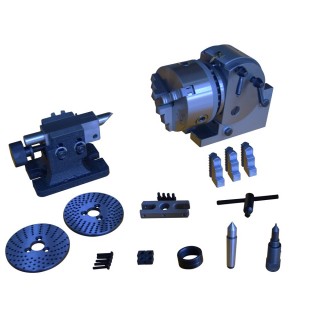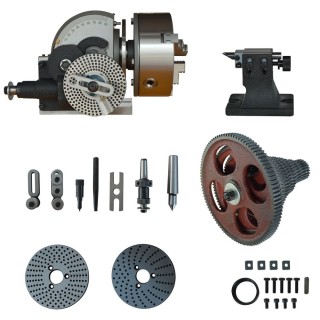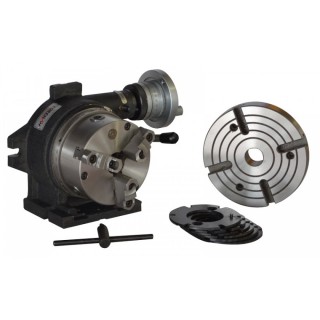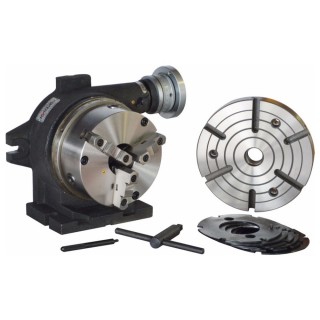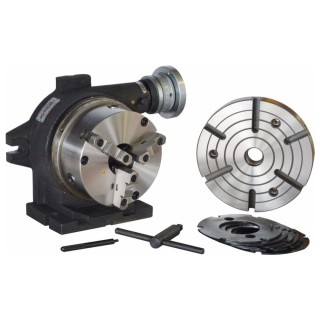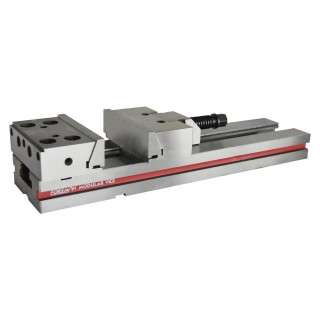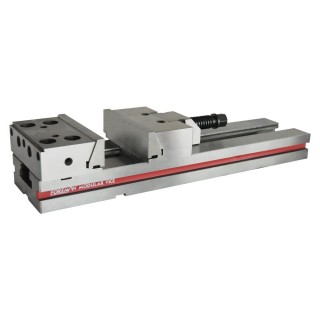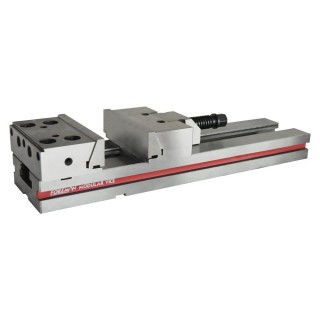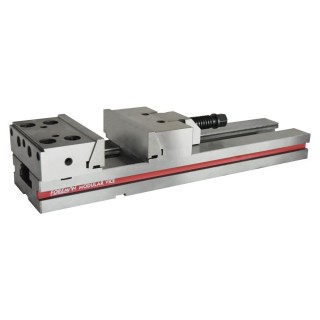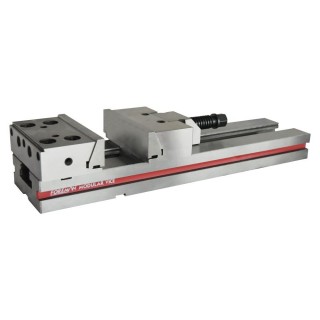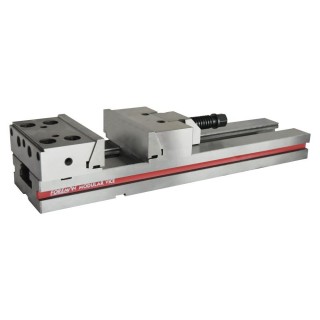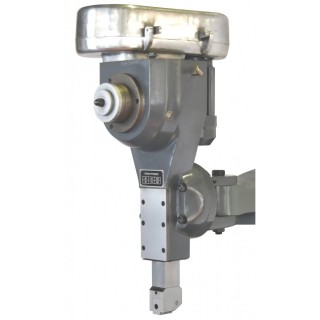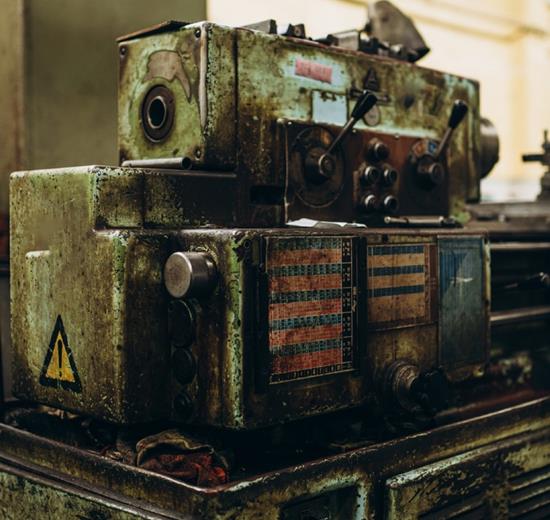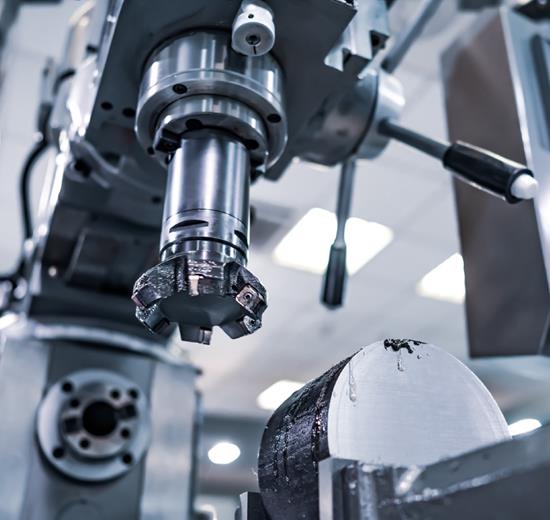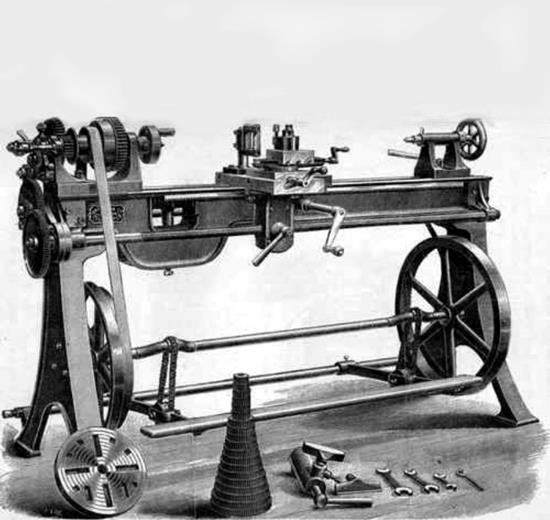Cutting Speed 86 rpm
Motor Power 750/220 W/V
SIK SORULAN SORULAR
A circular saw is a machine that cuts materials using a rotating blade. It is generally used for cutting materials such as wood, metal and plastic. The blade of the saw is rotated by the motor to cut the material quickly and straight. This tool usually works on a stationary workbench or carrying handle and has a wide cutting capacity.
The advantages of a circular sawing machine are as follows:
Less Physical Effort:
Compared to hand-powered sawing machines, using a circular saw machine is less physically demanding.
Adjustable Cutting Depth and Angle:
The cutting depth and angle can be easily adjusted. This makes various types of cuts (straight, diagonal, oblique) possible.
High Safety:
Modern circular saw benches have various safety features, such as blade protection covers and emergency stop buttons, which increase the safety of users.
Consistent Results:
Cuts made on the bench usually give more consistent and homogeneous results, which improves quality.
Various Blade Options:
It offers blade options suitable for different materials, which enables use in a wide variety of applications.
These advantages often make circular saw benches the tool of choice.
You can follow the steps below to make the correct cut on a circular saw table:
Preparation and Safety Checks:
Use Safety Equipment: Wear personal protective equipment such as goggles, gloves, and ear protection.
Check the Condition of the Machine: Make sure the workbench is in proper working order and that the blades are sharp and in good condition. Also, make sure all safety covers are in place and functioning properly.
Material and Blade Selection:
Blade Selection: Select a blade appropriate for the material to be cut. For example, different blade types are used for cutting wood and different blade types are used for cutting metal.
Material Placement: Place the material to be cut properly on the workbench and use supporting pieces or guides to prevent it from slipping.
Make Cutting Settings:
Cutting Depth: Adjust the cutting depth so that the blade cuts the material at a sufficient depth. The blade should protrude slightly more than the thickness of the material.
Cutting Angle: If necessary, adjust the cutting angle. This is important for diagonal or oblique cuts.
Guide the Material:
Use of Guide and Guide: Guide the material with guides to ensure proper alignment of the saw blade. This helps you make straight and accurate cuts.
Start Cutting:
Switch the Machine On: Switch on the machine and allow the blade to rotate at full speed. Making a quick cut can affect the blade's performance.
Make a c-Cut by Pushing the Material: Push the material onto the blade slowly and patiently. Rushing can cause the material to slip or the blade to wear.
Check After Cutting:
Check the Cut: After the cut is finished, check that the cut surface is smooth and to the desired dimensions. If necessary, make minor corrections.
Clean the Material: Remove debris and dust generated during cutting.
Maintain the Workbench:
Clean the Blade: Remove debris from the blade and check the sharpness of the blade. If necessary, re-sharpen or replace the blade.
Clean the Workbench: Clean the surface and surrounding area of the workbench. Dirt and dust can affect further operations.
By following these steps, you can perform accurate and safe cuts on the circular saw table.
The Foreman circular saw model can be cross-cut. In order to make a cross cut on the circular saw, you can follow the steps below.
Adjust the Blade Angle: Adjust the blade to the crosscut angle (e.g. 45 degrees) using the angle adjustment mechanism of the table.
Position the Material: Position and secure the material on the workbench at the correct angle.
Adjust the Cutting Depth: Adjust the depth of the blade so that it cuts through the material exactly.
Make the Cut: Switch on the machine and carefully guide the material onto the blade.
You can apply the following strategies to minimise material losses in circular sawing machine:
Proper Blade Selection:
Select the appropriate blade type and number of teeth for the material. Using the wrong blade can result in excessive material loss and poor cutting results.
Cut Planning and Measurements:
Take accurate measurements and carefully prepare the cutting plan before cutting. This prevents unnecessary material loss and increases the precision of the cuts.
Measure and mark the material so that you can cut in accordance with the cutting line.
Use of Guides and Guides:
Properly align the material using the guides and guides on the circular saw table. This prevents slips during cutting and reduces unwanted material loss.
Set the Cutting Depth and Angle Correctly:
Adjust the cut depth and angle to suit the material and type of cut. Incorrect settings can result in material loss and inaccurate cuts.
Use High Quality Material:
Material quality can affect losses during cutting. High quality and properly machined materials result in fewer losses.
Control Cutting Speed:
Adjust the cutting speed to suit the material and blade. Excessively fast or slow cuts can result in more material loss.
Follow the Operator's Manual:
Work in accordance with the machine operator's manual and follow the manufacturer's recommendations. This increases both safety and efficiency.
Blade Care:
Clean and sharpen the blades regularly. Sharp, clean blades make cleaner cuts and reduce material loss.
Waste Management:
Carefully manage waste generated during cutting. Sort waste materials for recycling and try to produce as little waste as possible.
Use Support Systems During Cutting:
For large or long parts, properly support the material by using material support systems or additional workbenches. This prevents slips and breaks.
By implementing these strategies, you can reduce material losses on the circular saw bench and achieve a more efficient operation.
We provide the fastest service to our customers with our rich spare parts stock and professional service network. Original spare parts are supplied by Foreman instead of third party sellers. You can contact us when you encounter any problems with Foreman circular saw models.
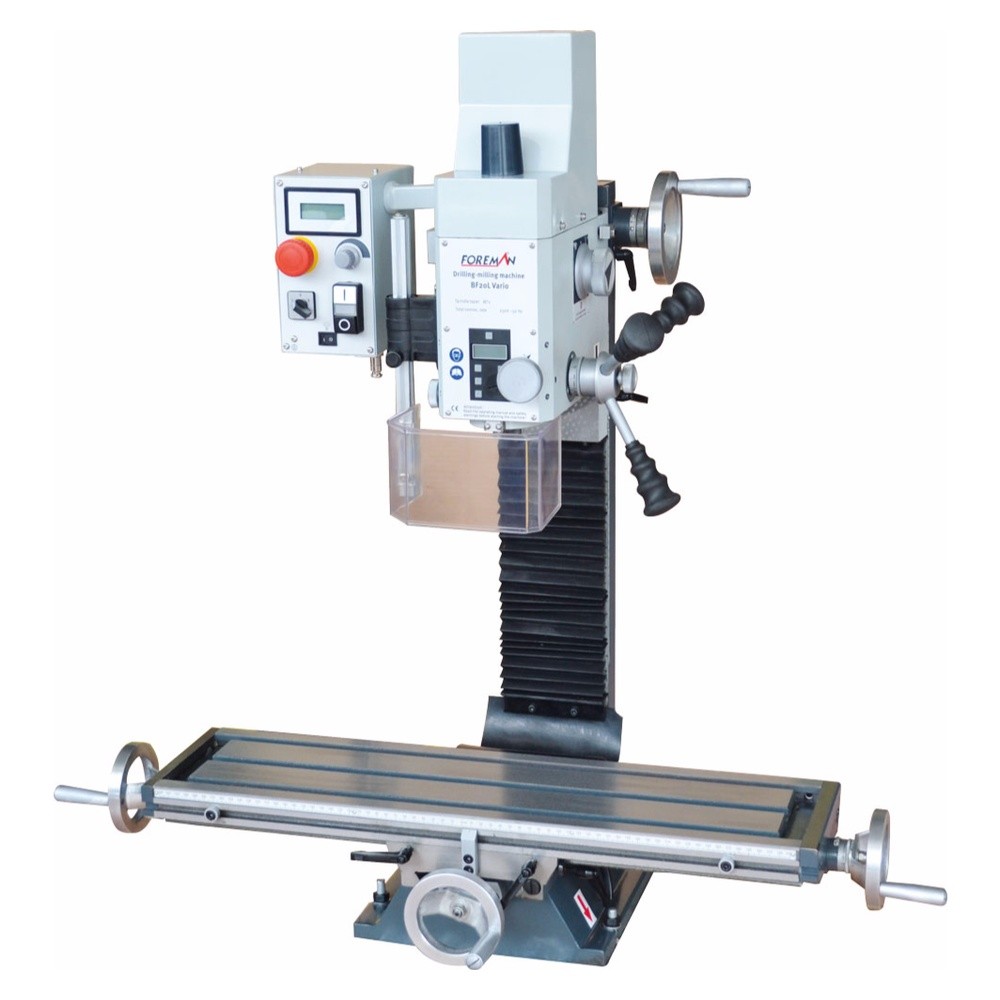
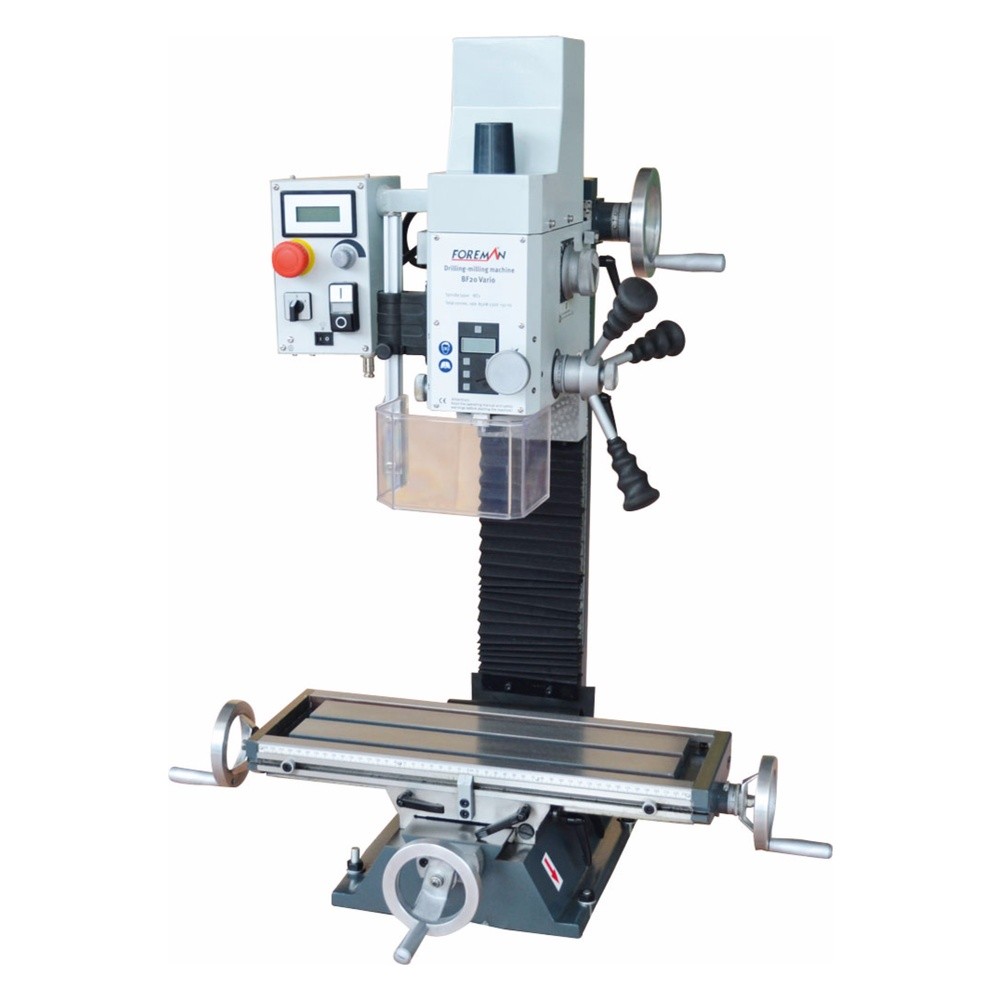
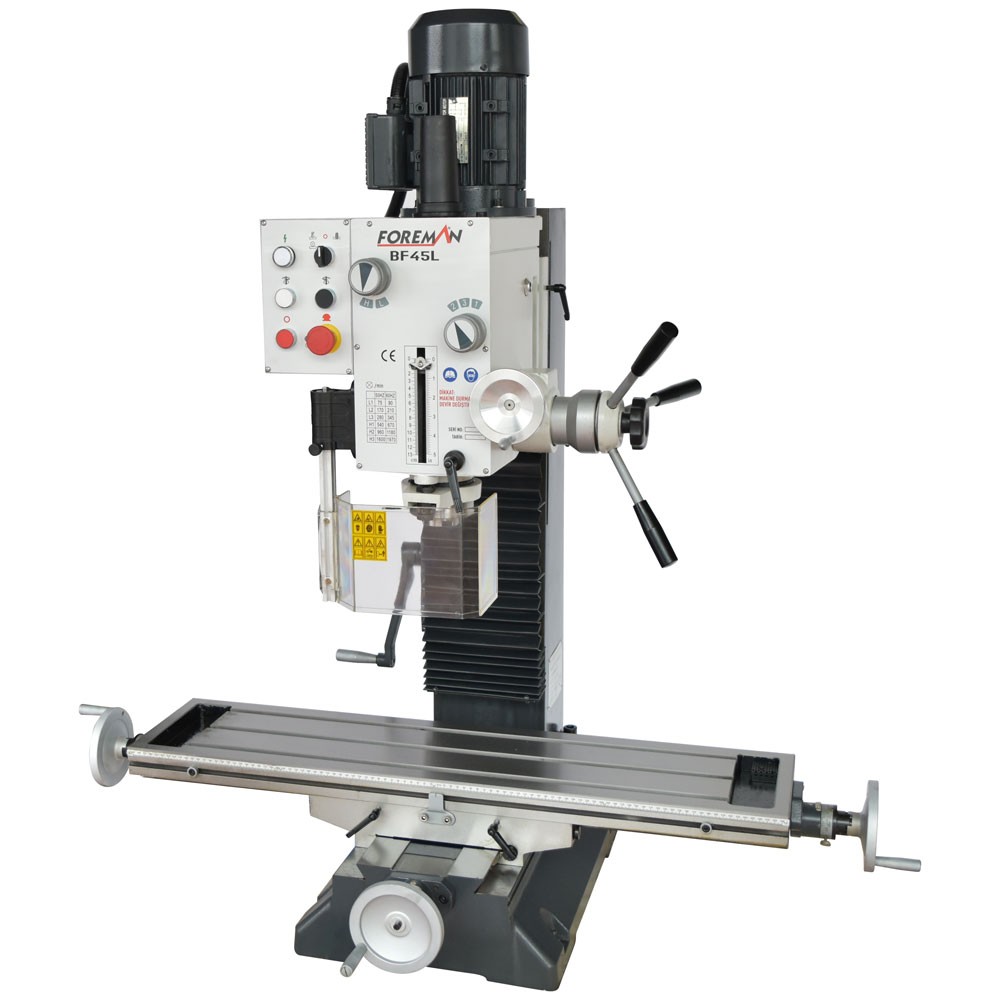
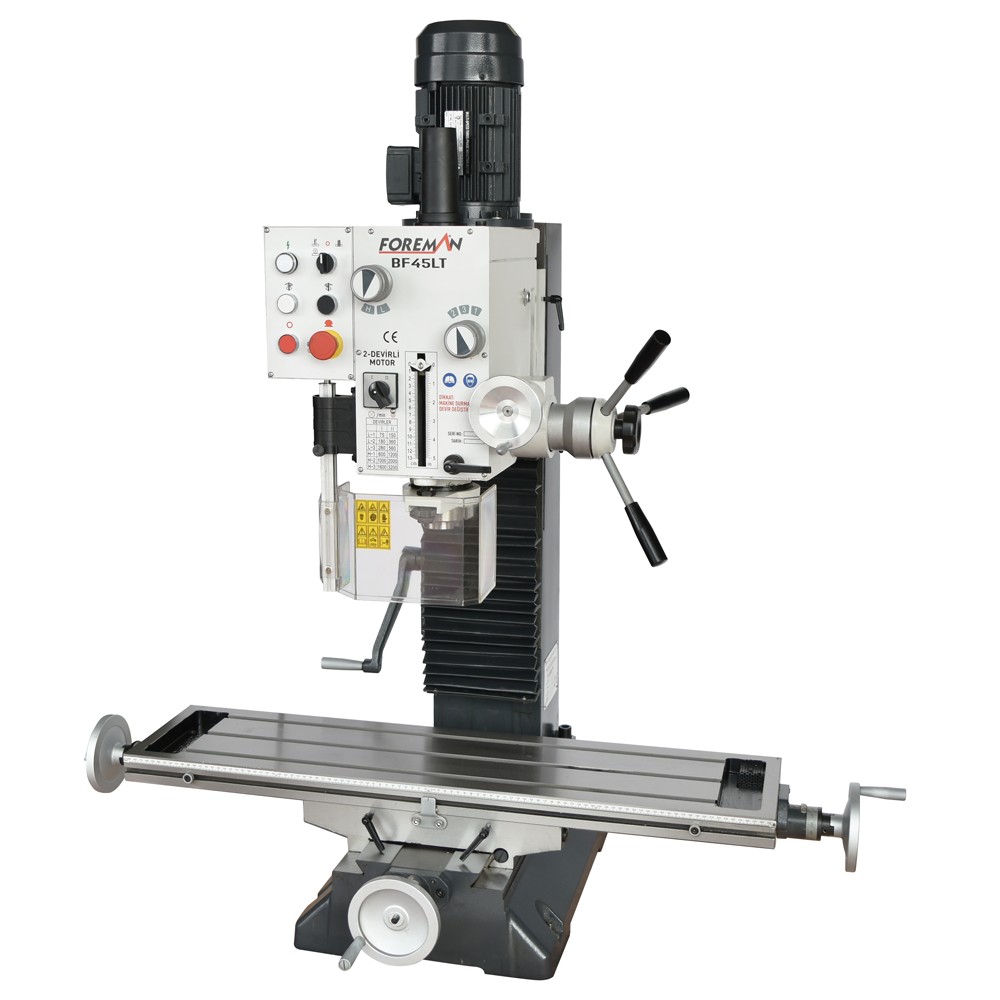
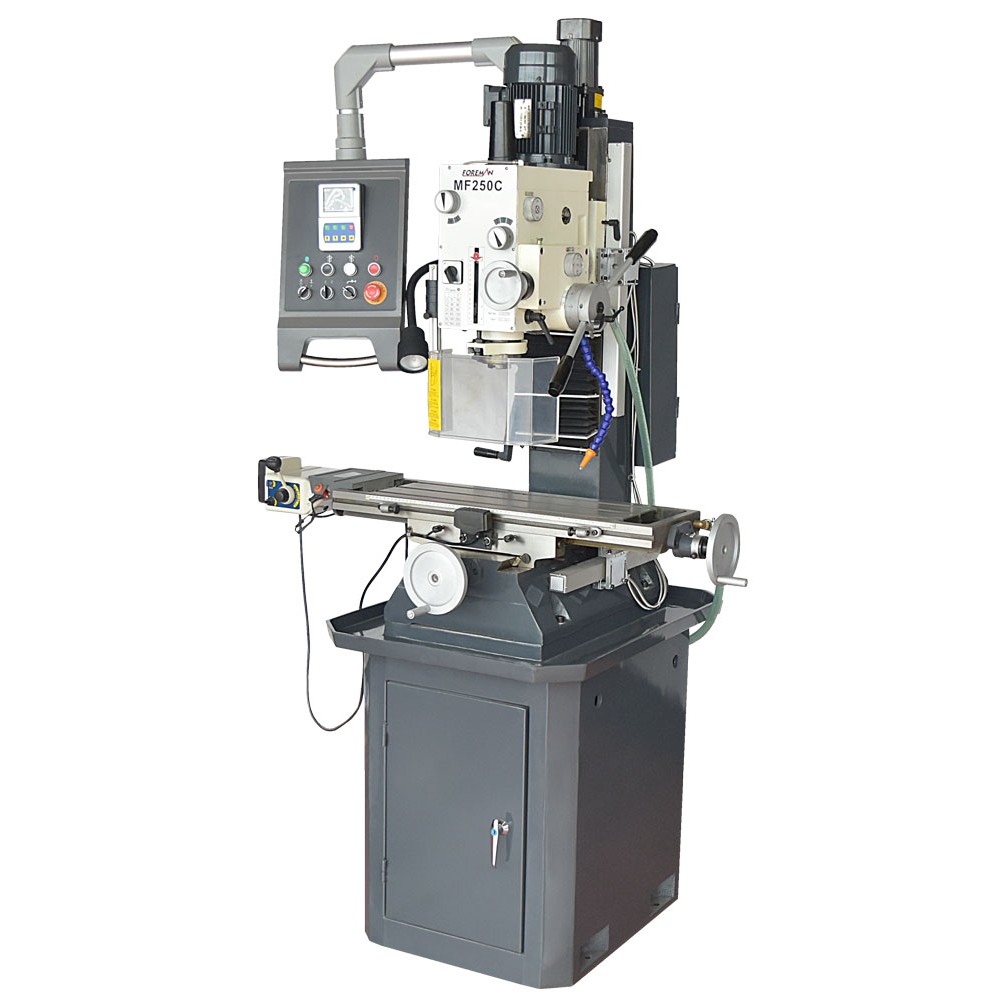
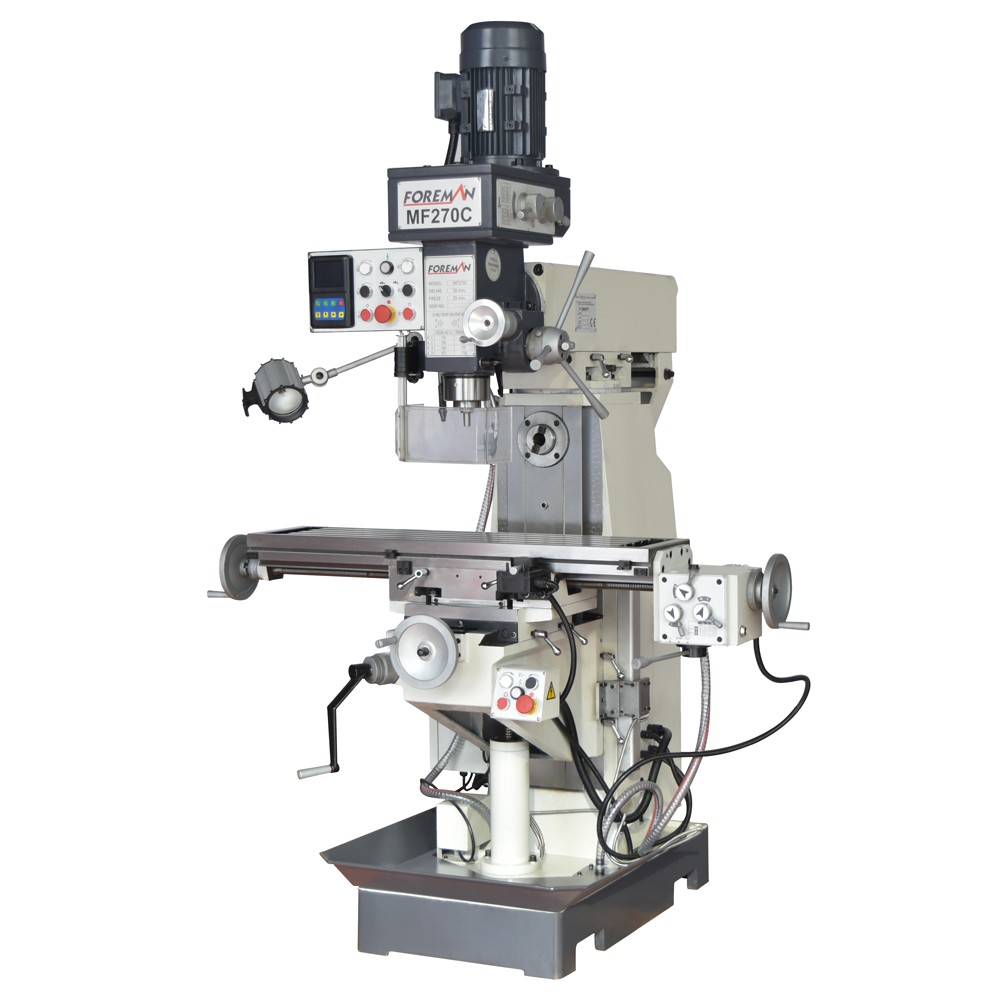
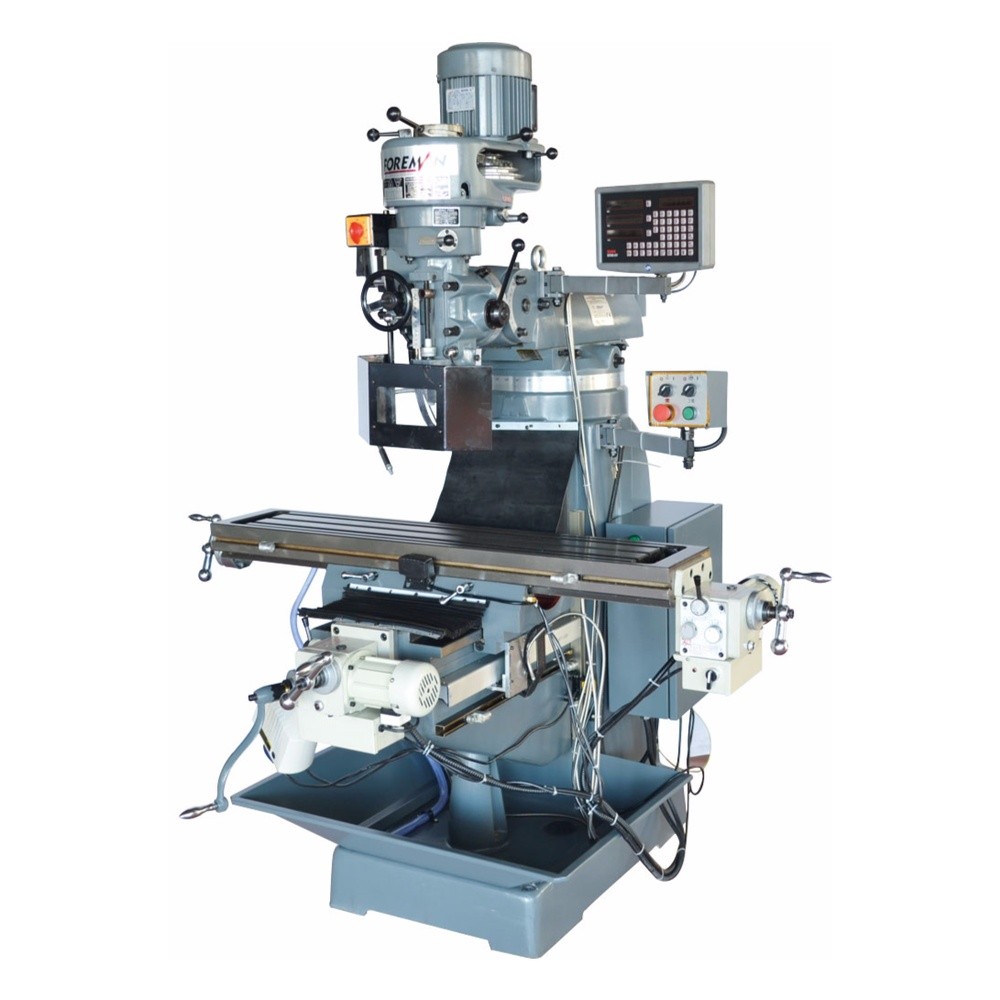
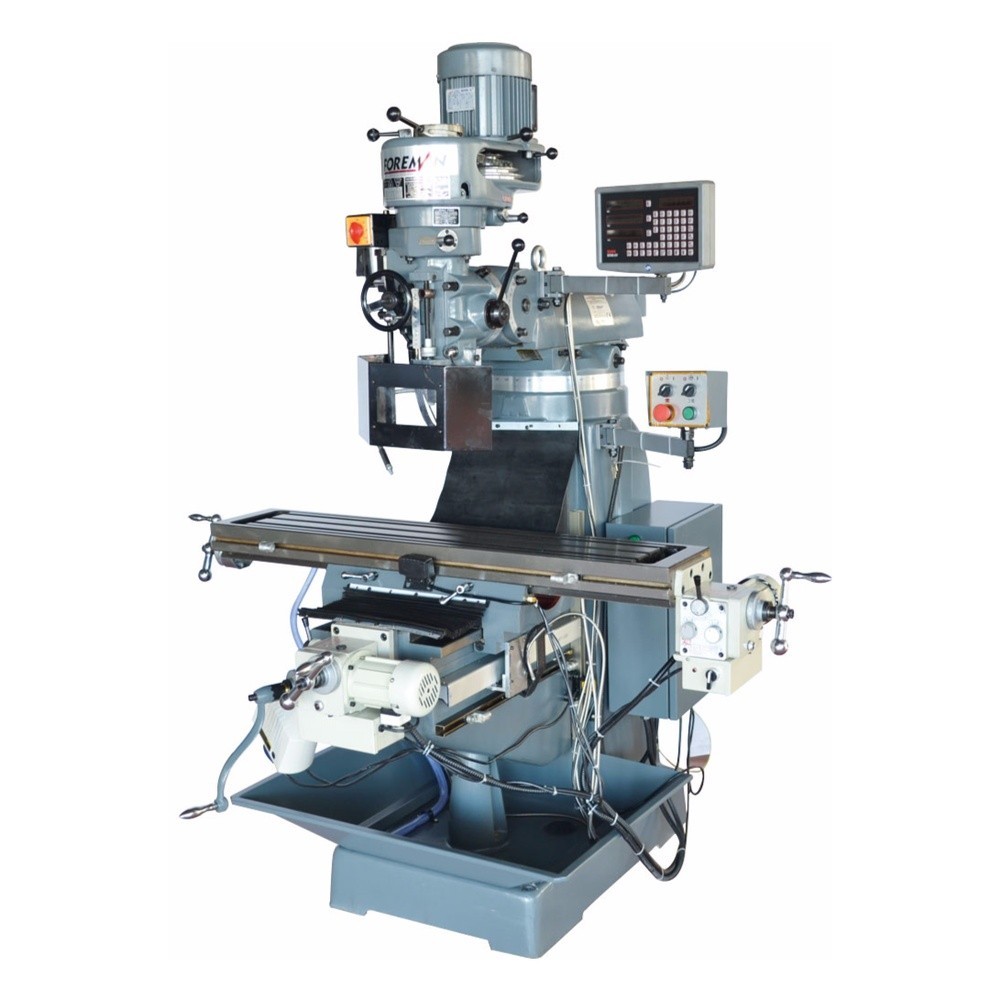
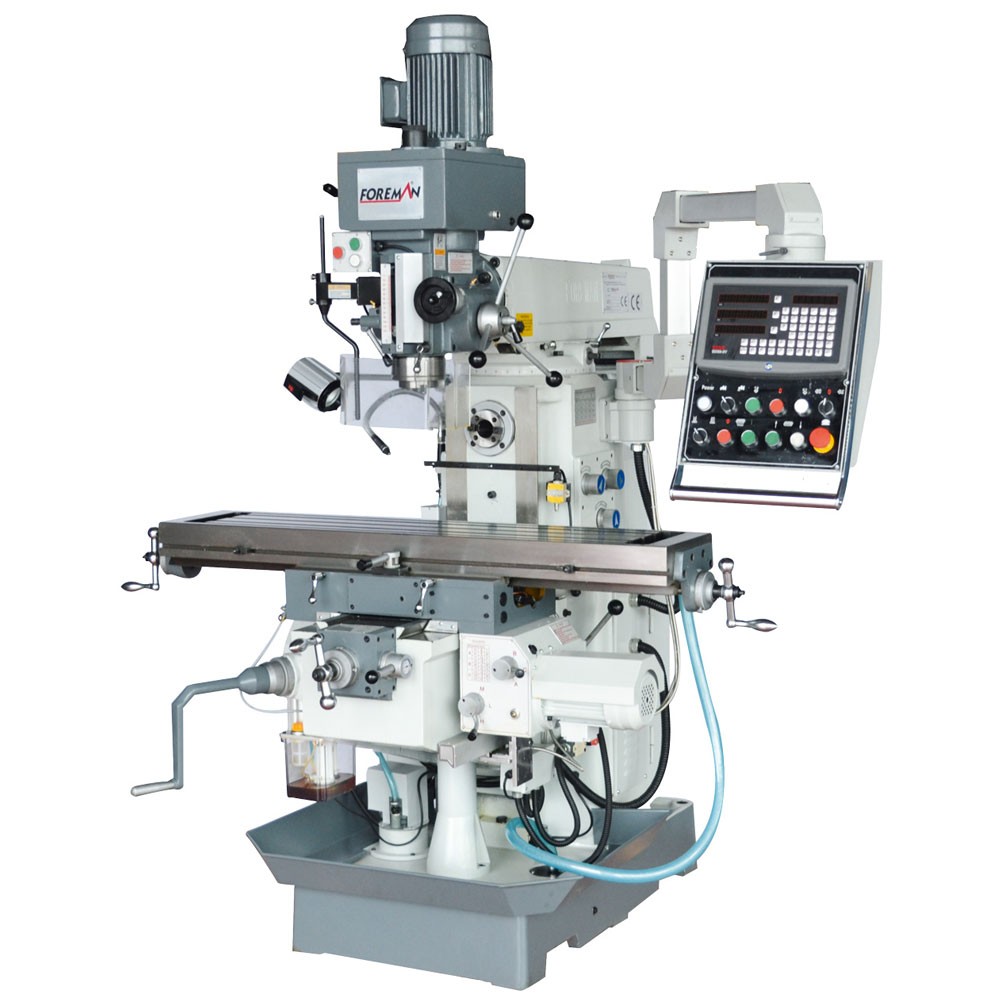
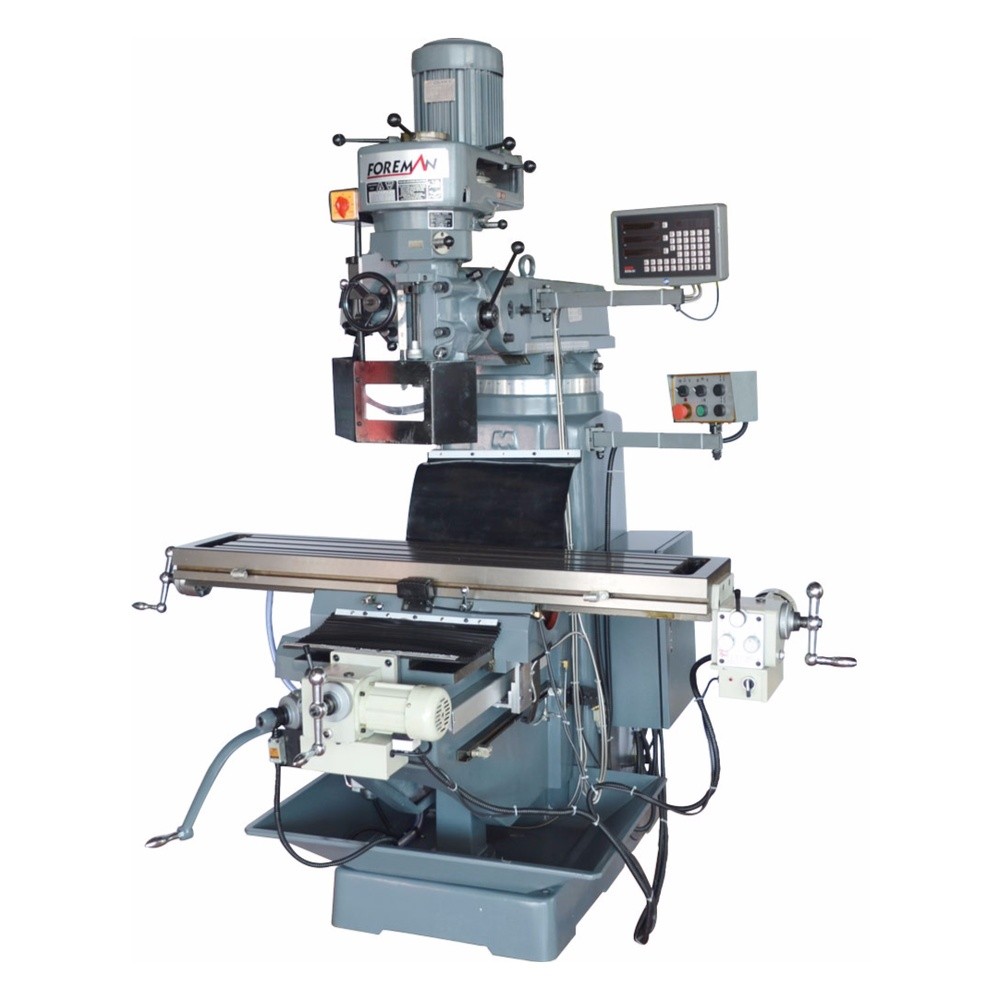
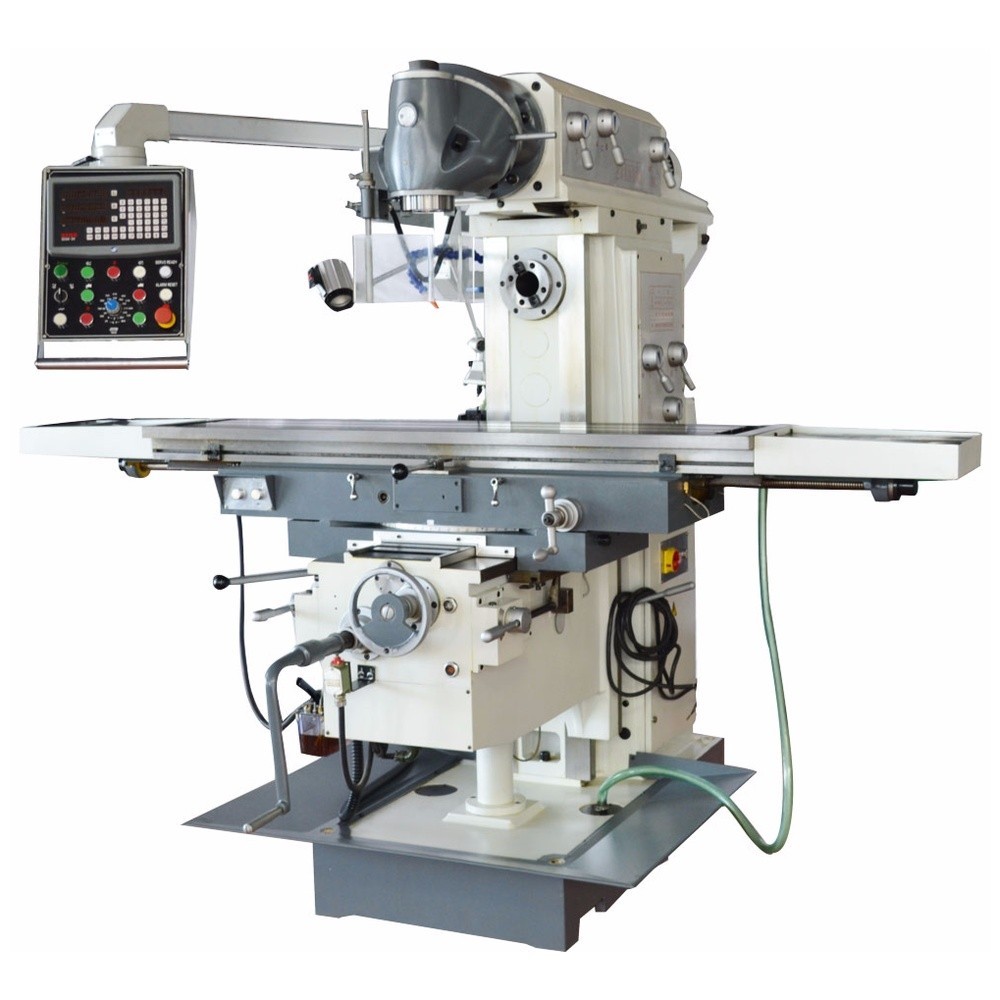
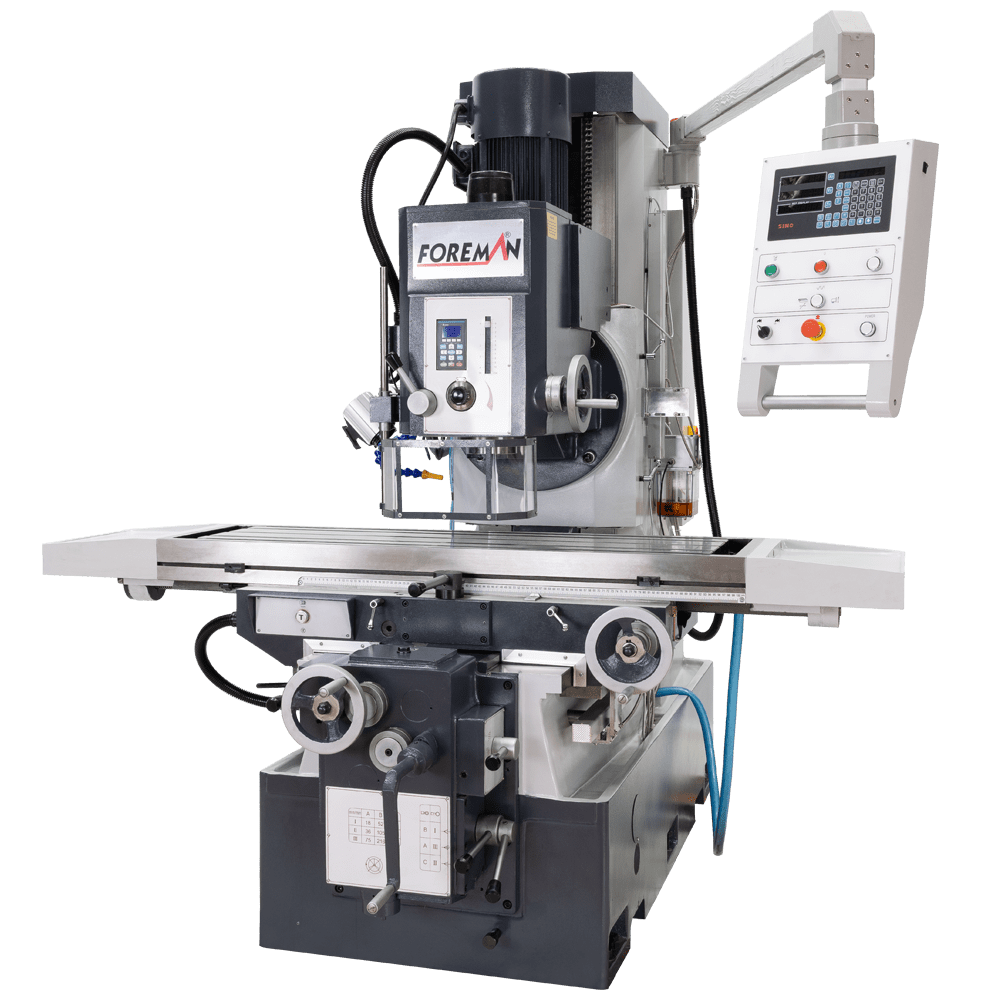
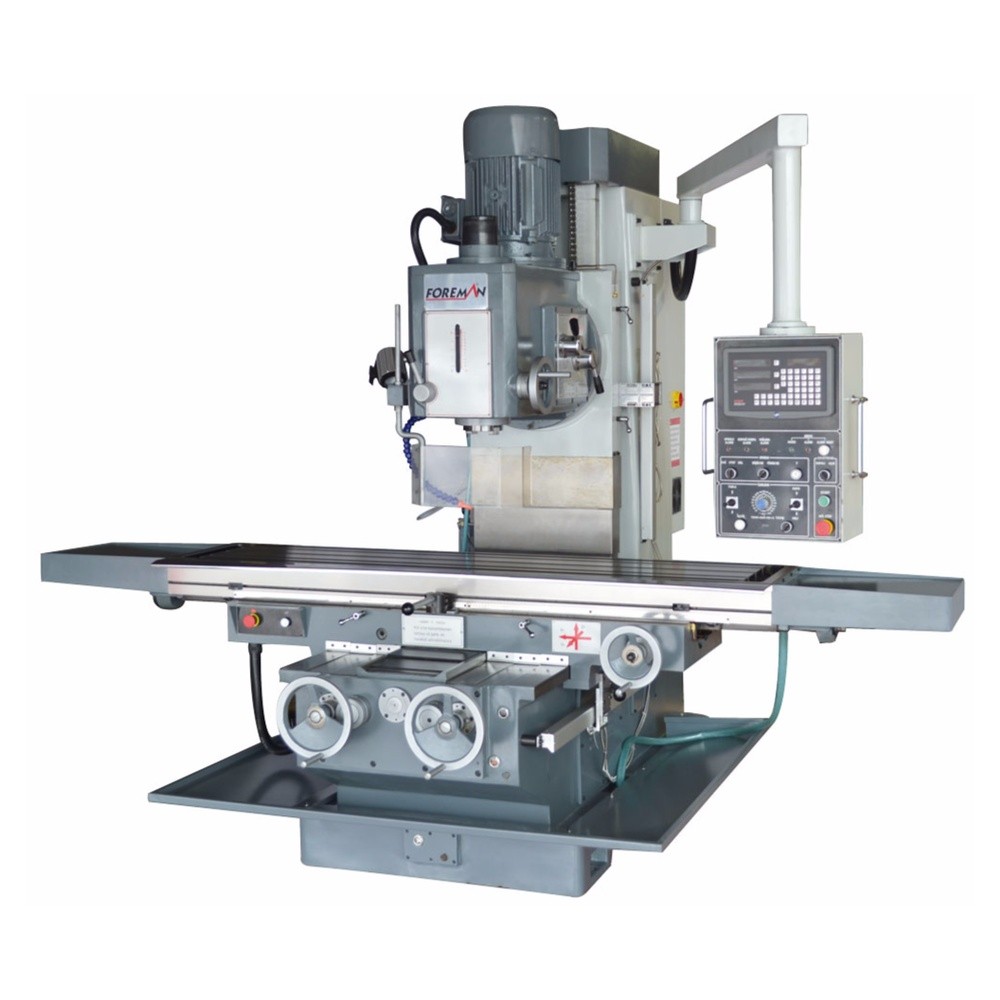
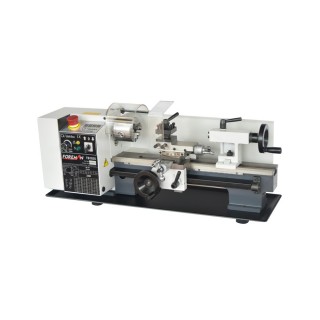
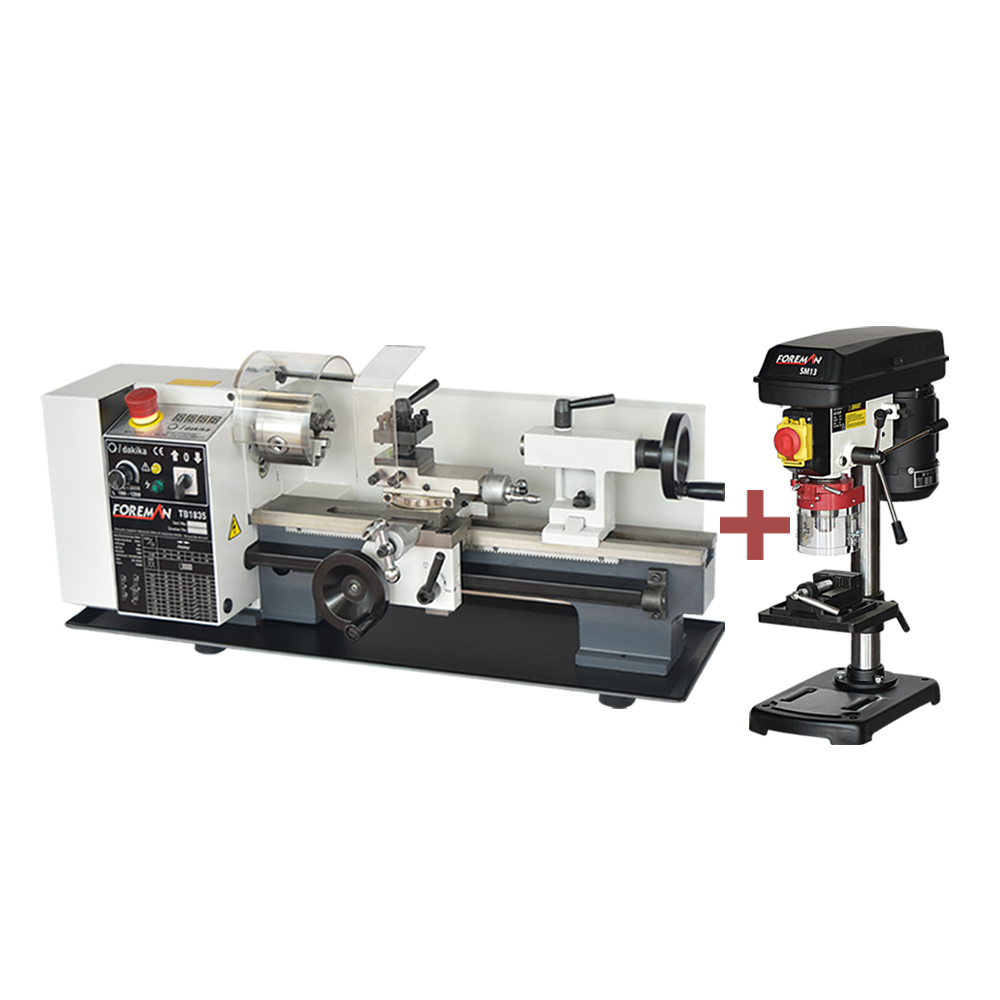
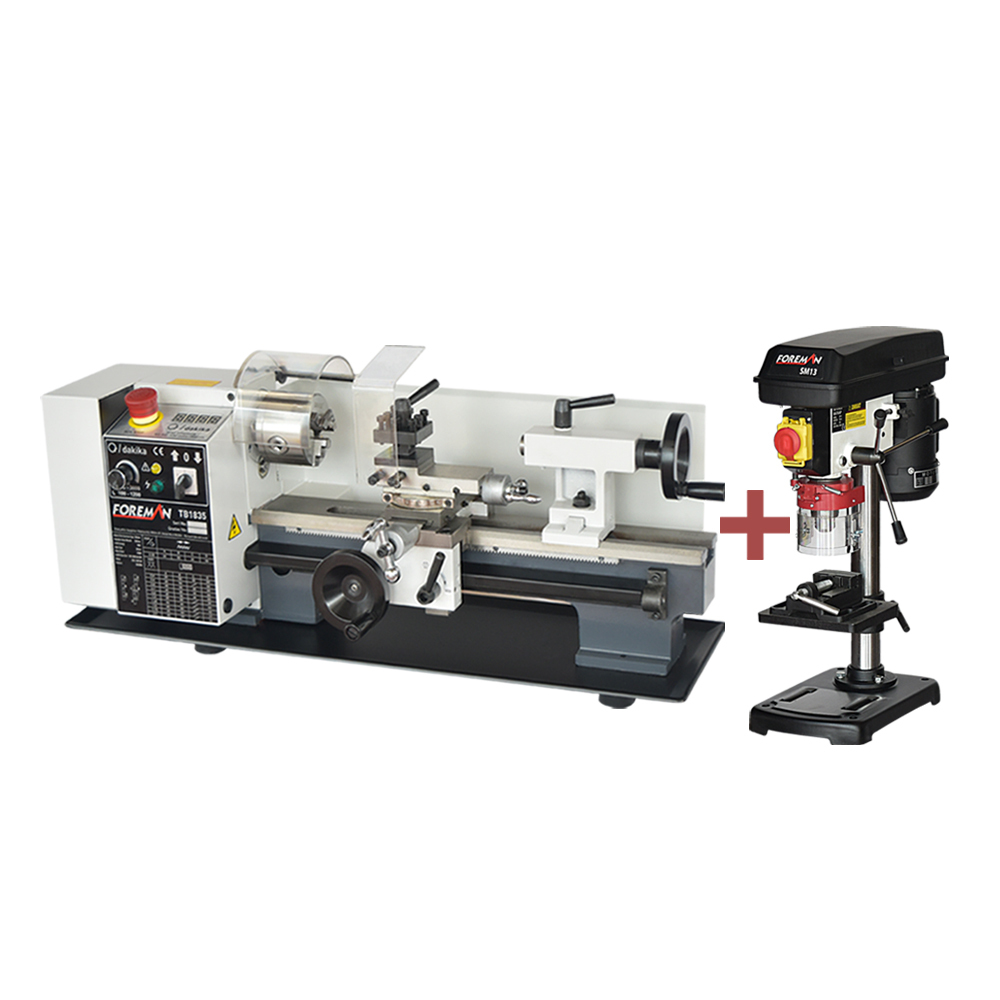
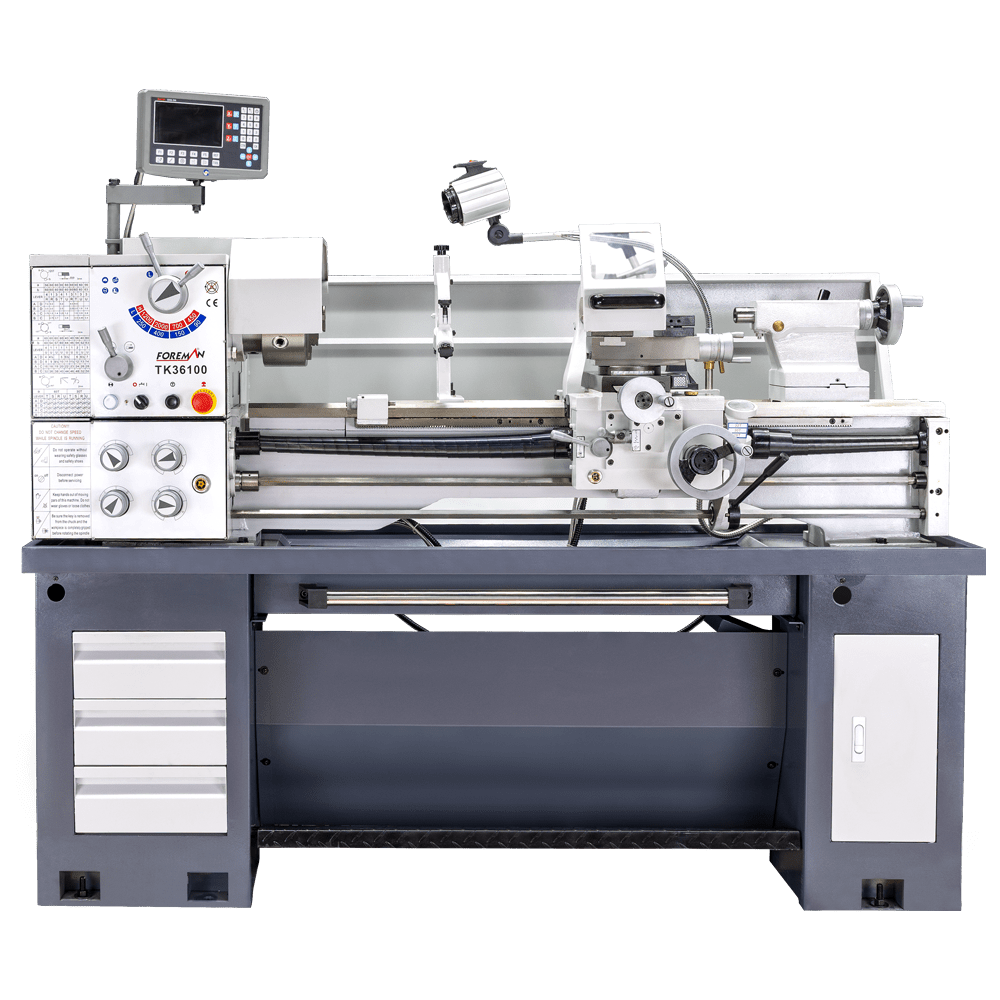
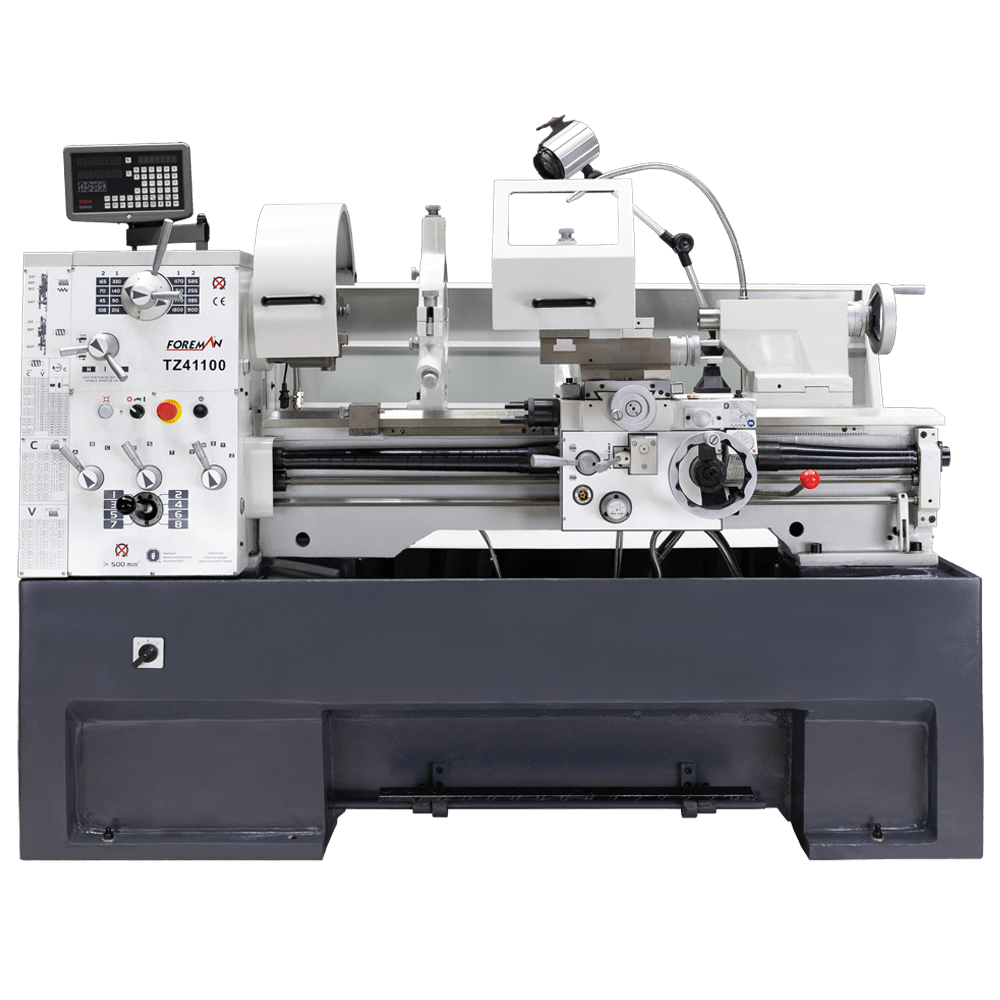
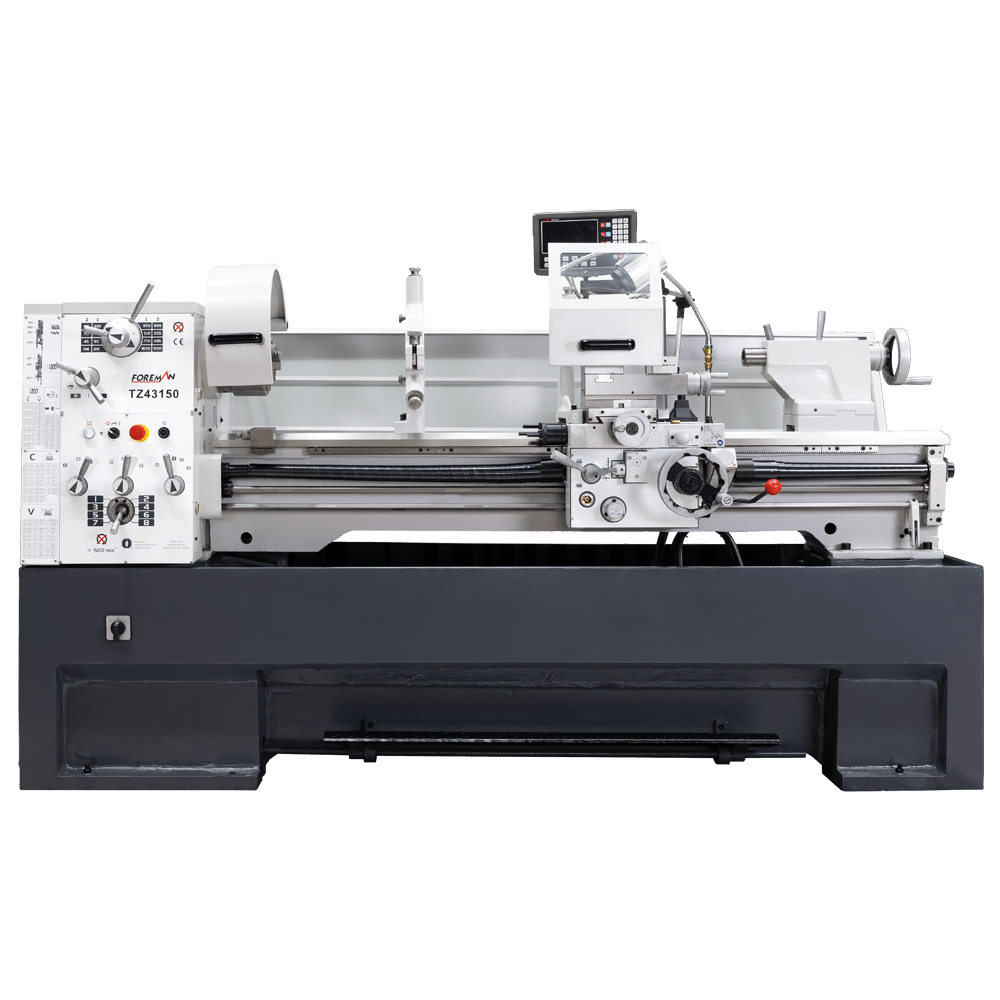
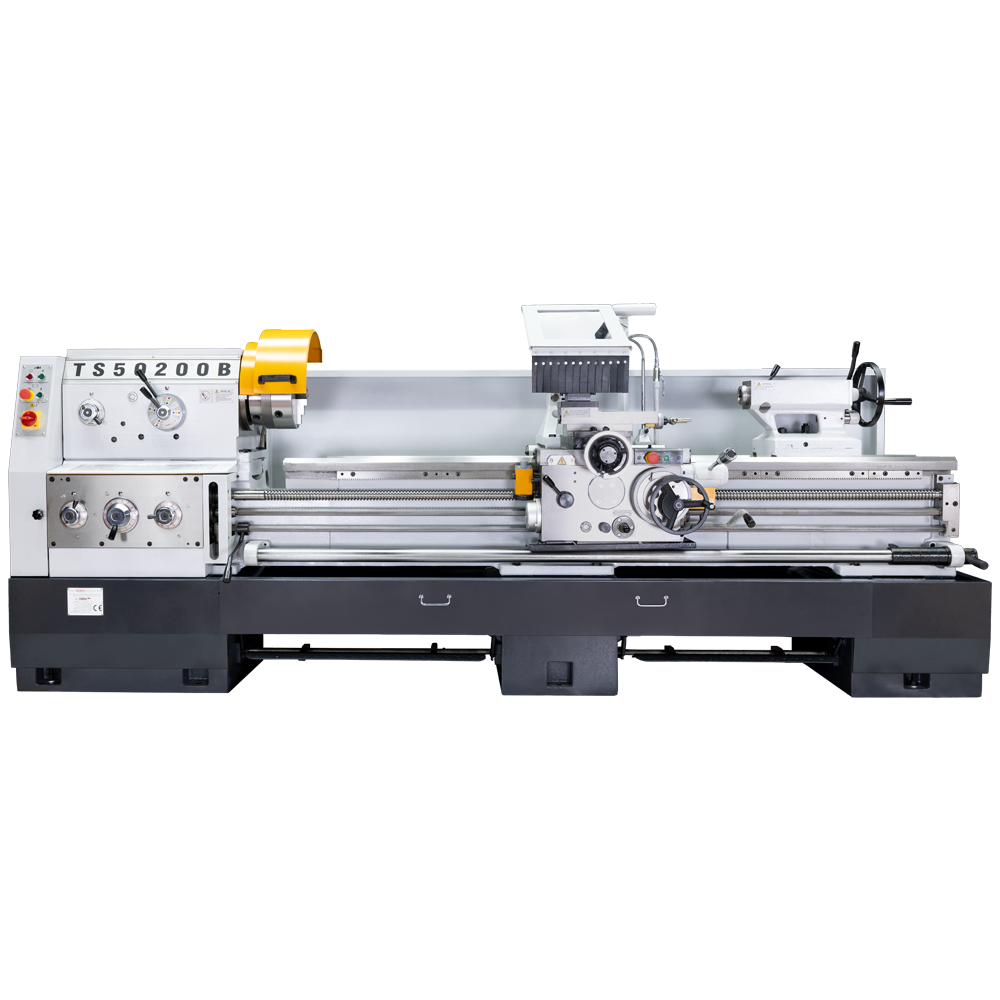
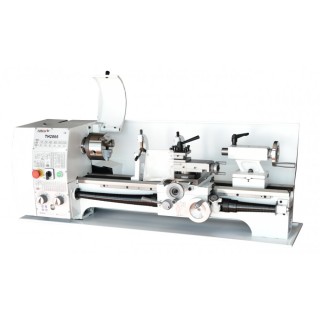
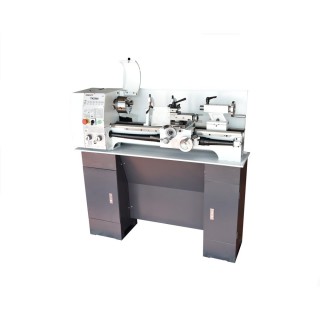
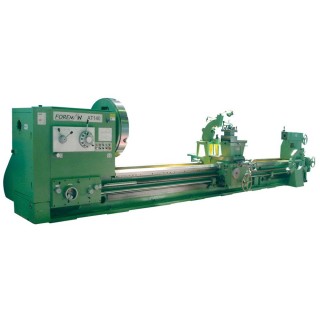
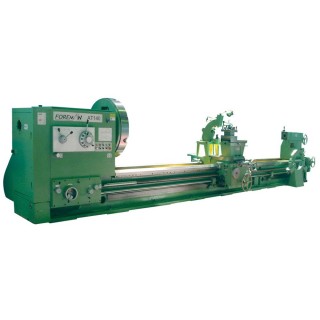
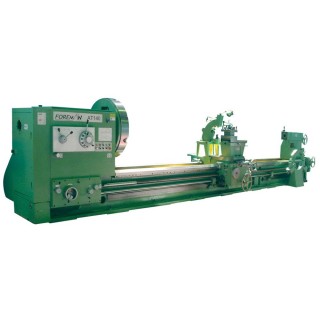
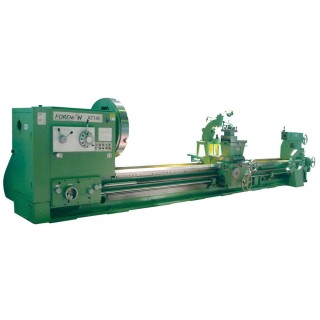
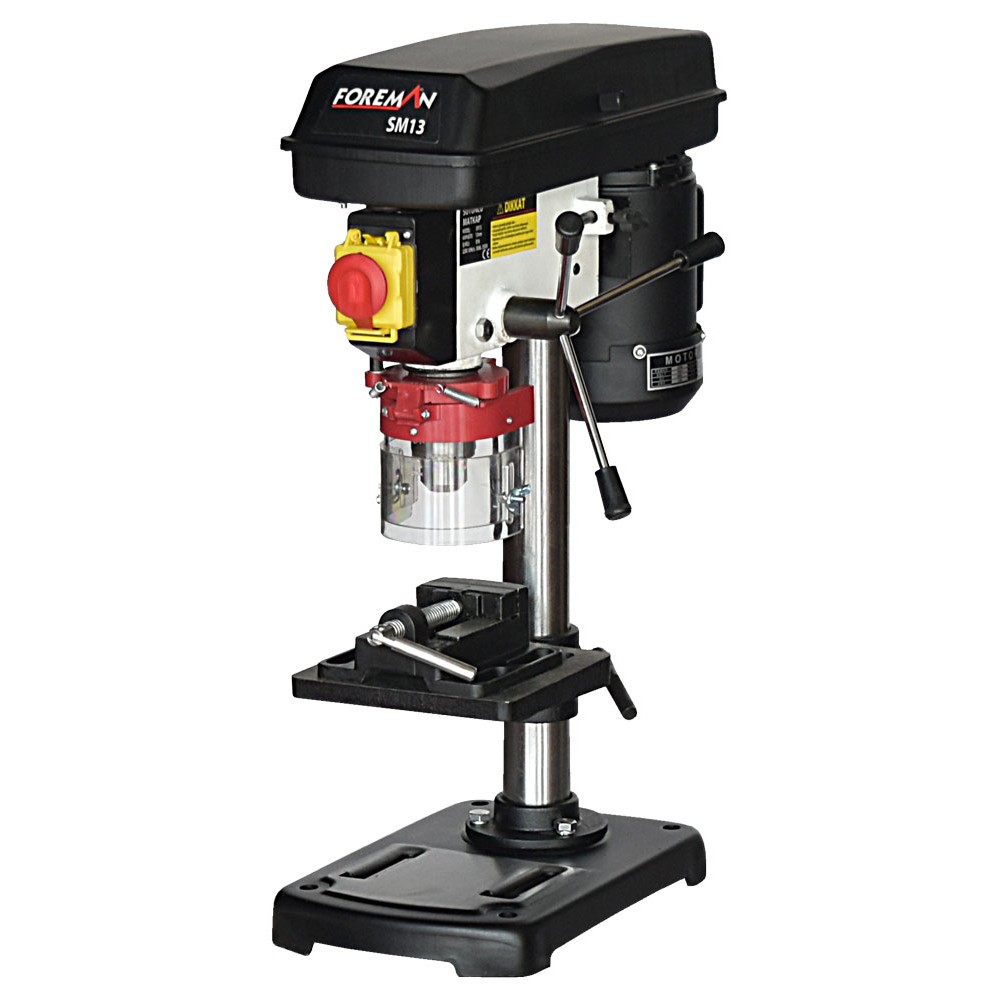
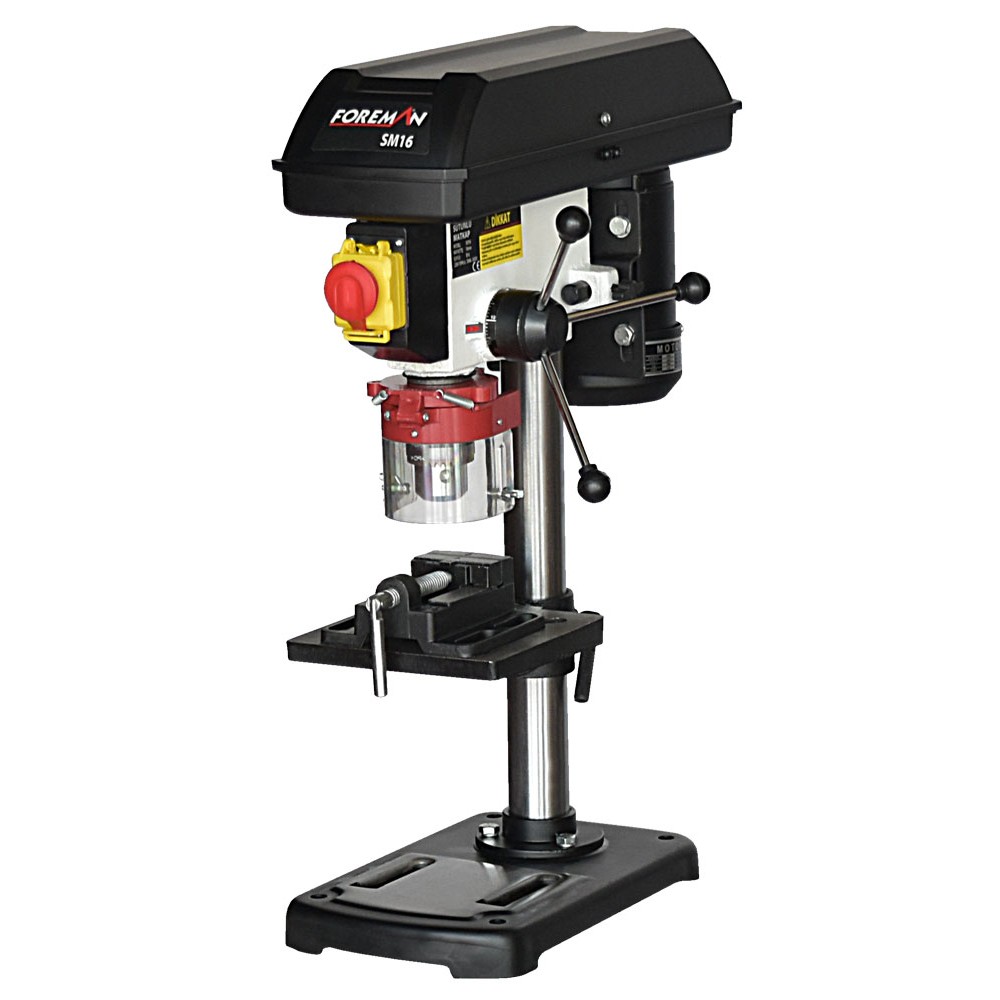
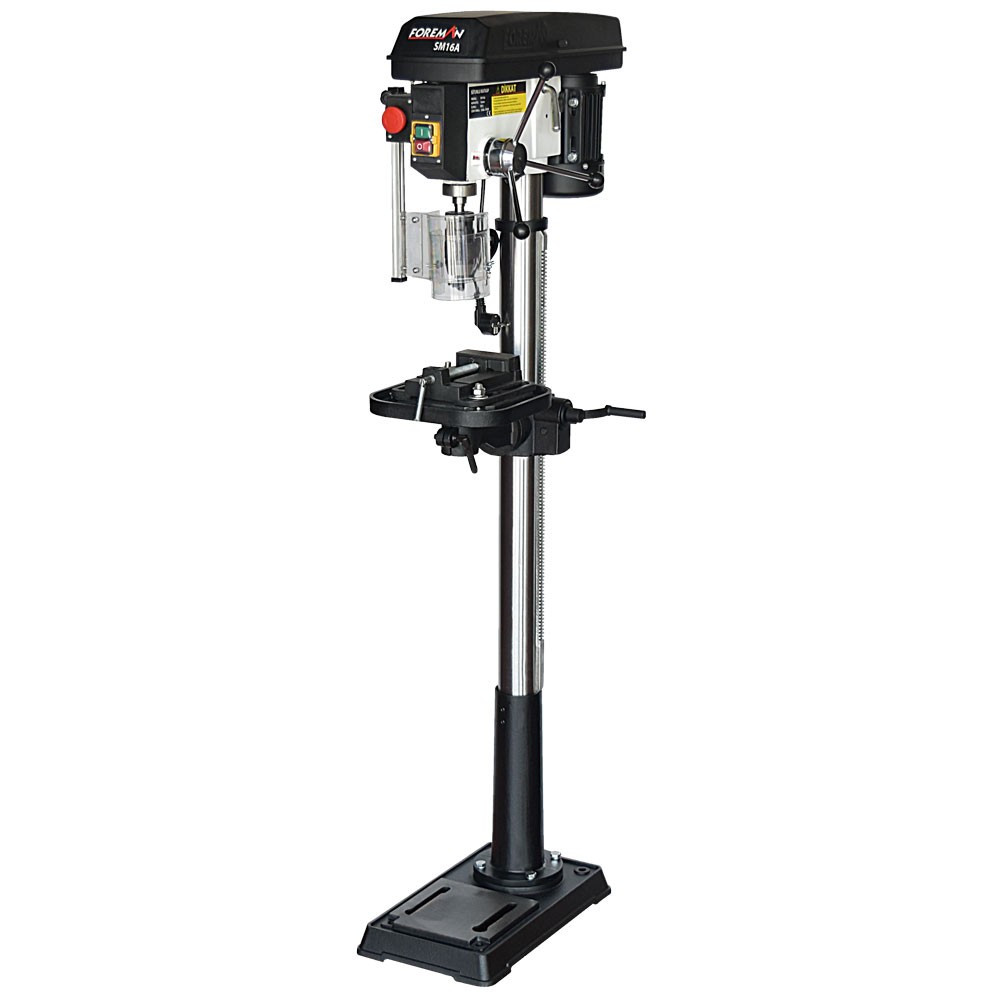
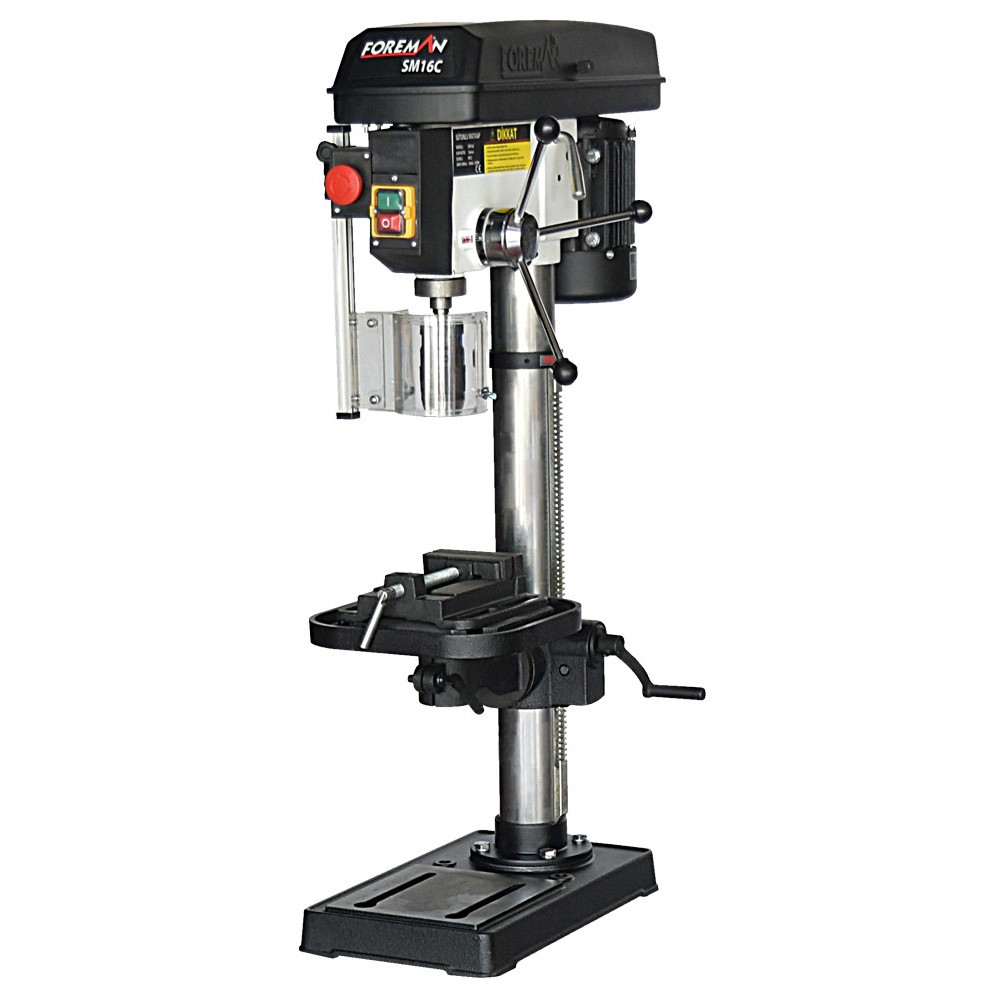
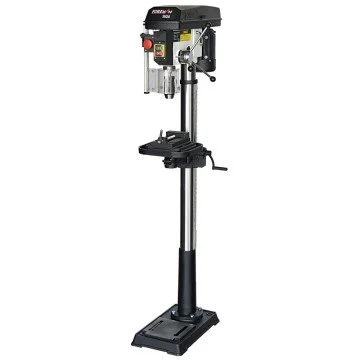
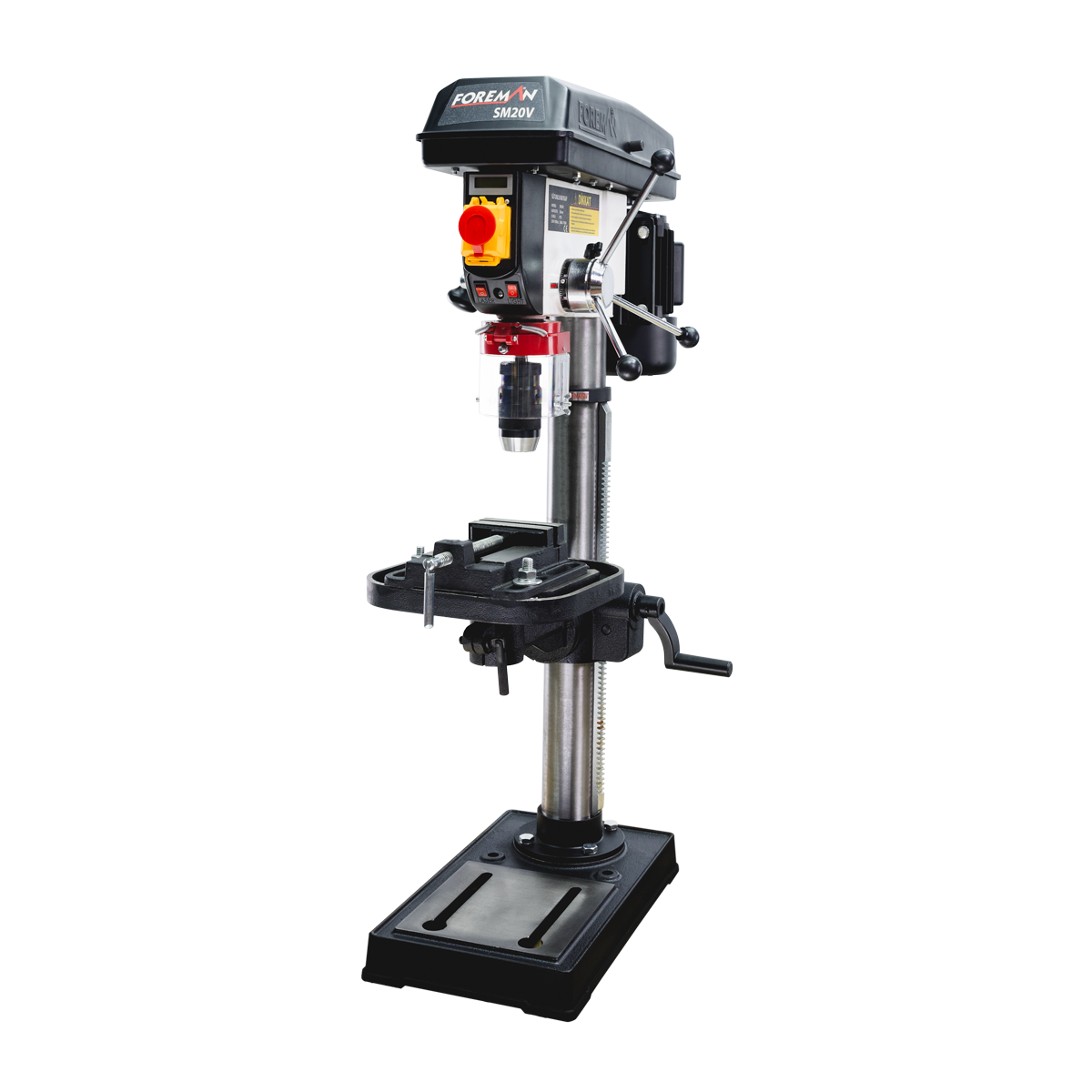
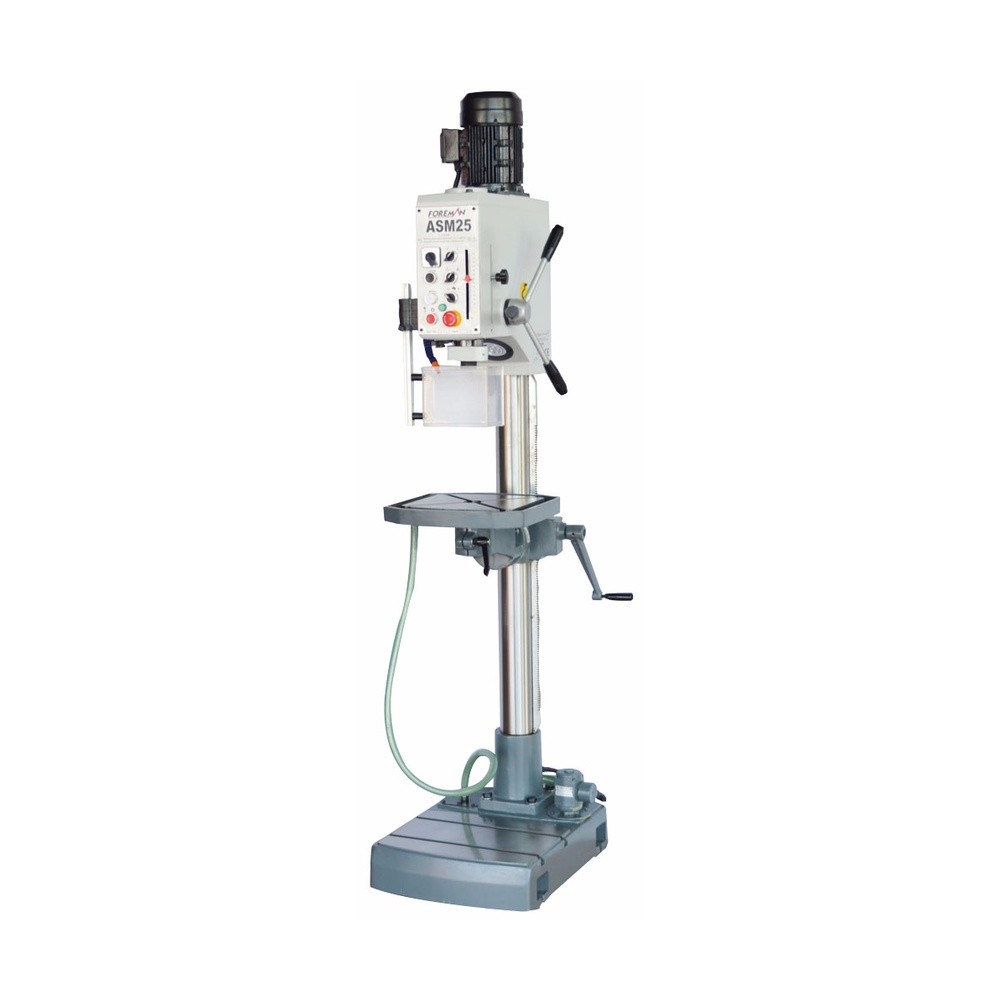
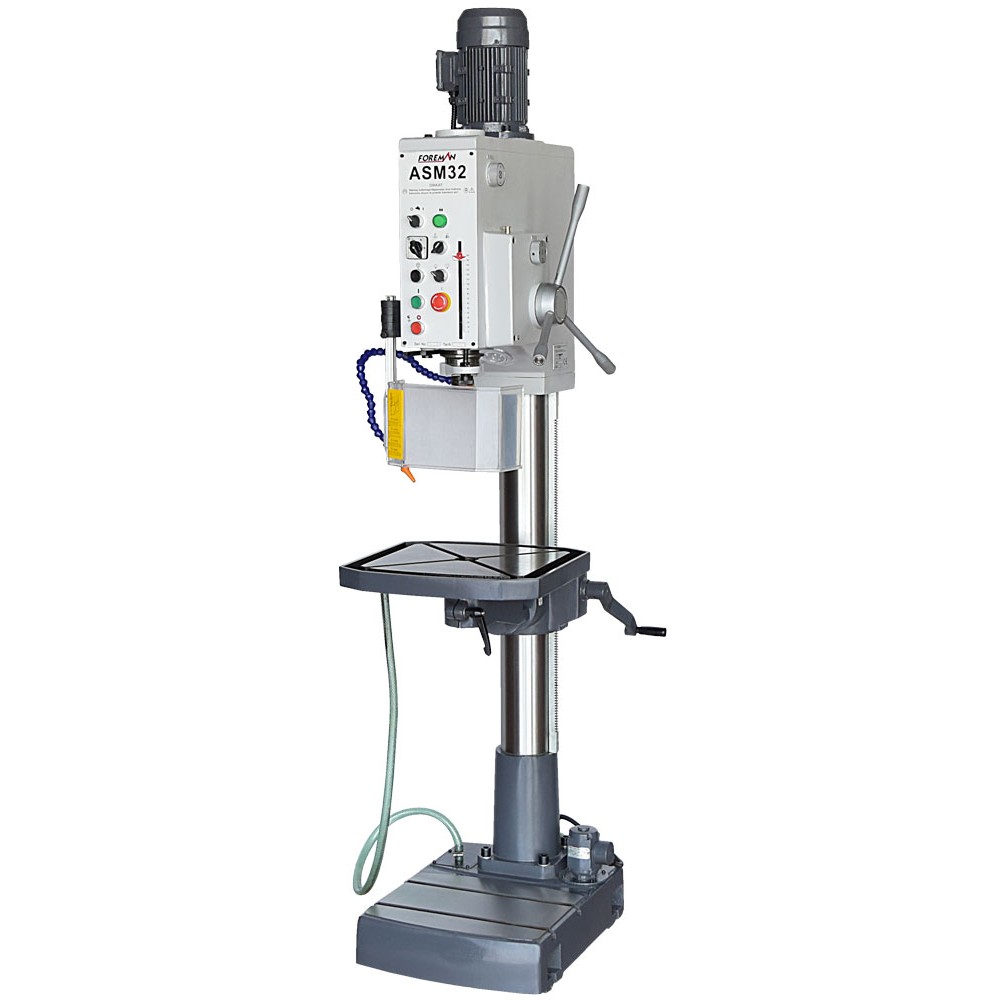
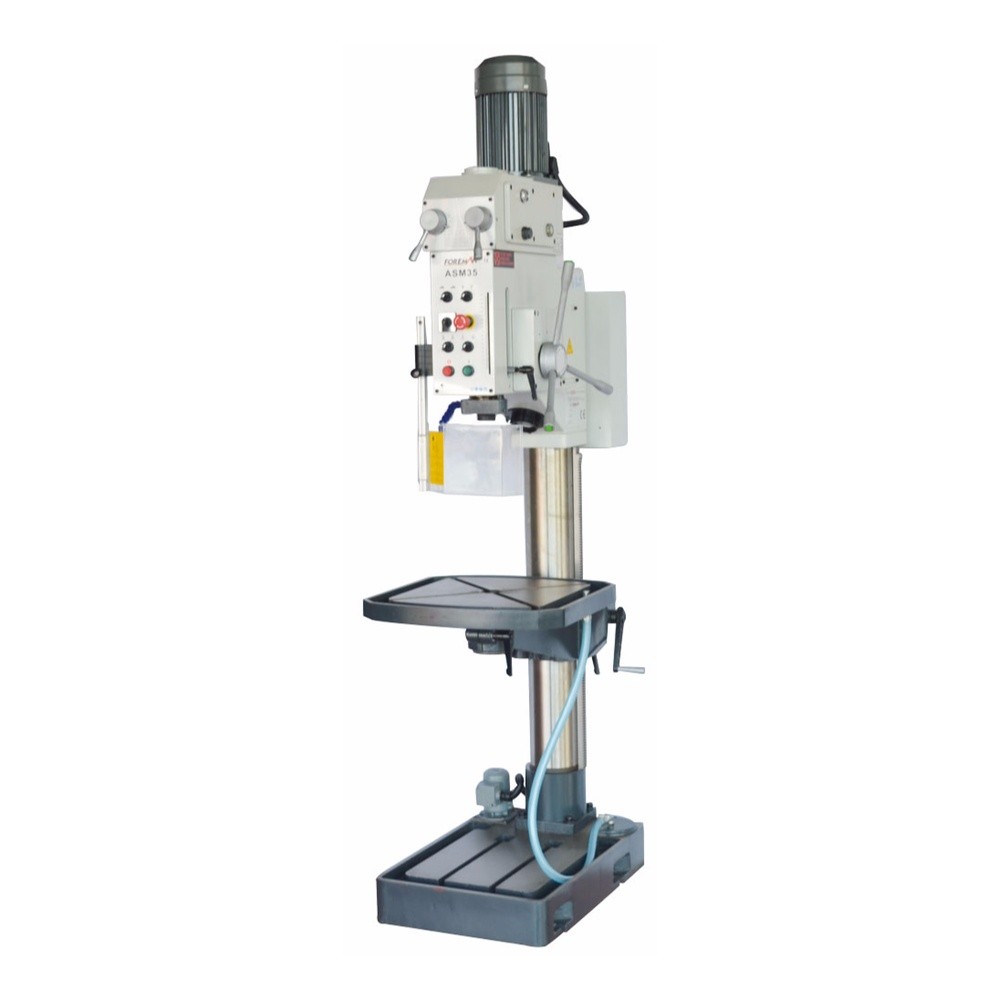
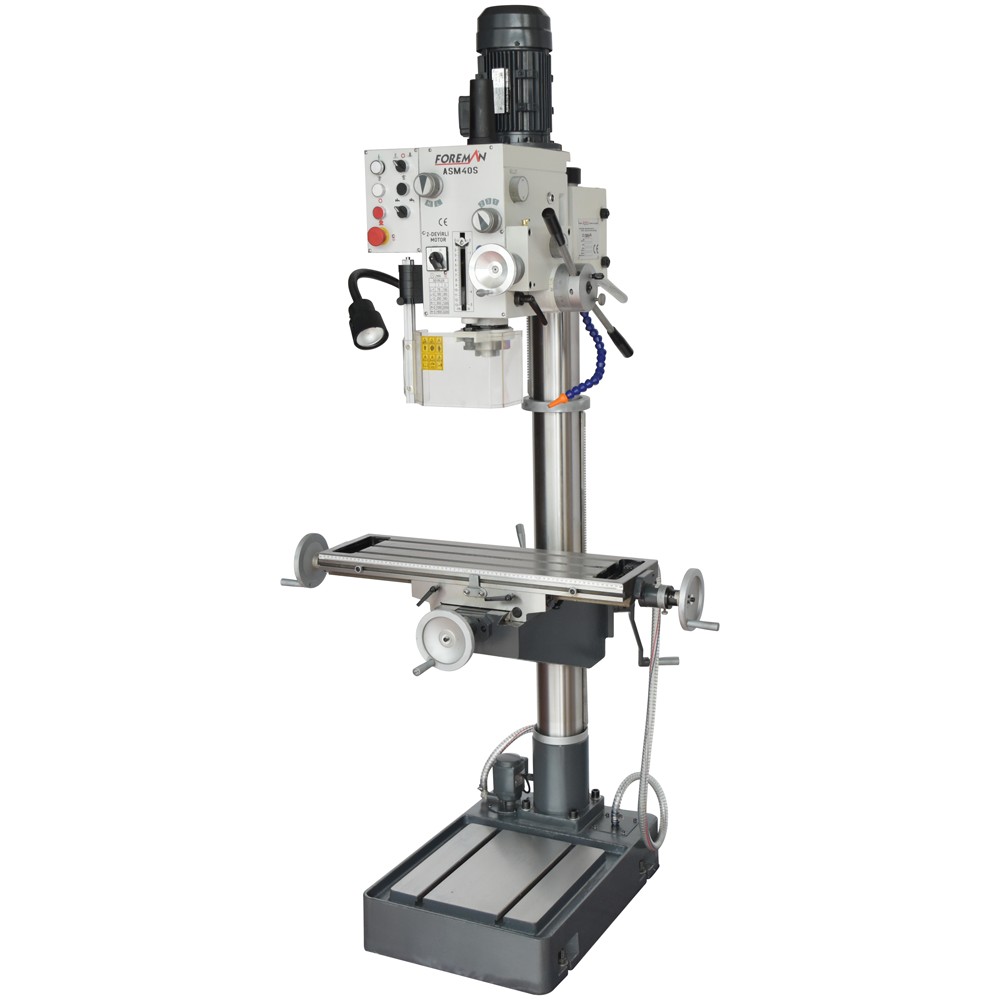
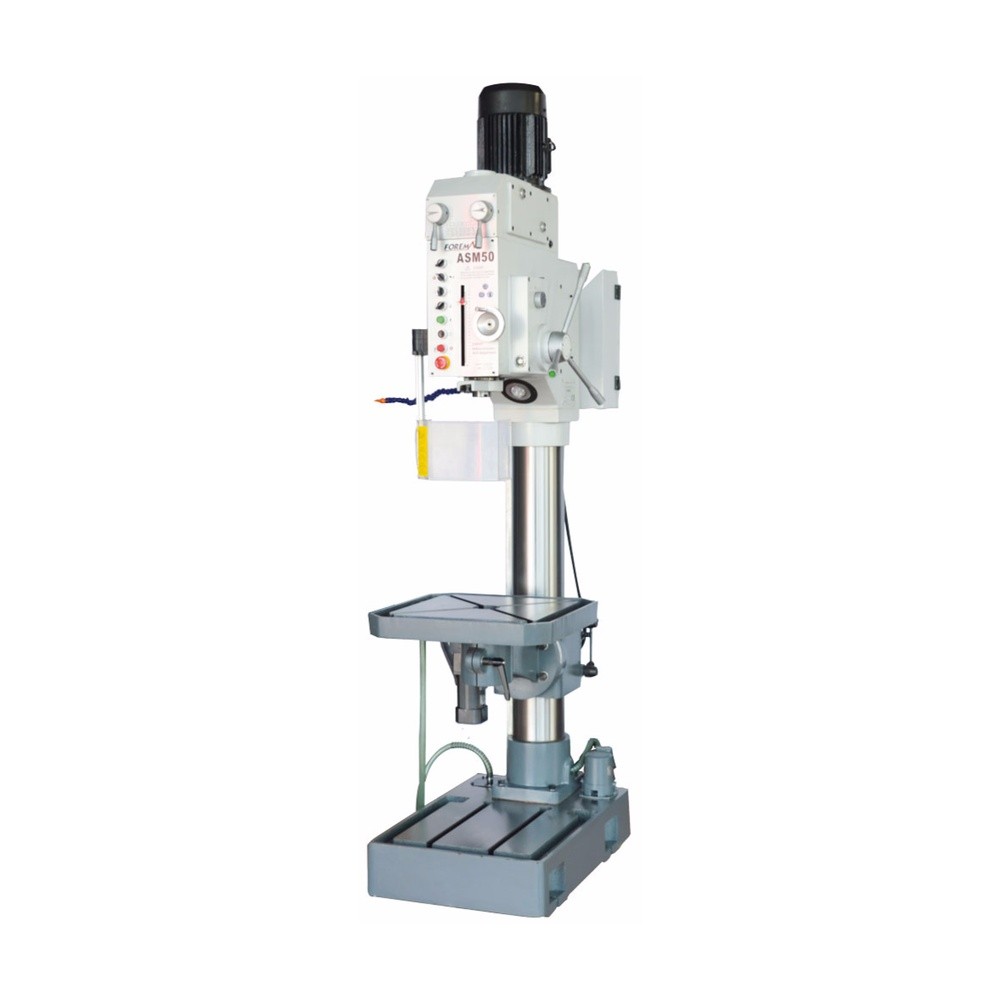
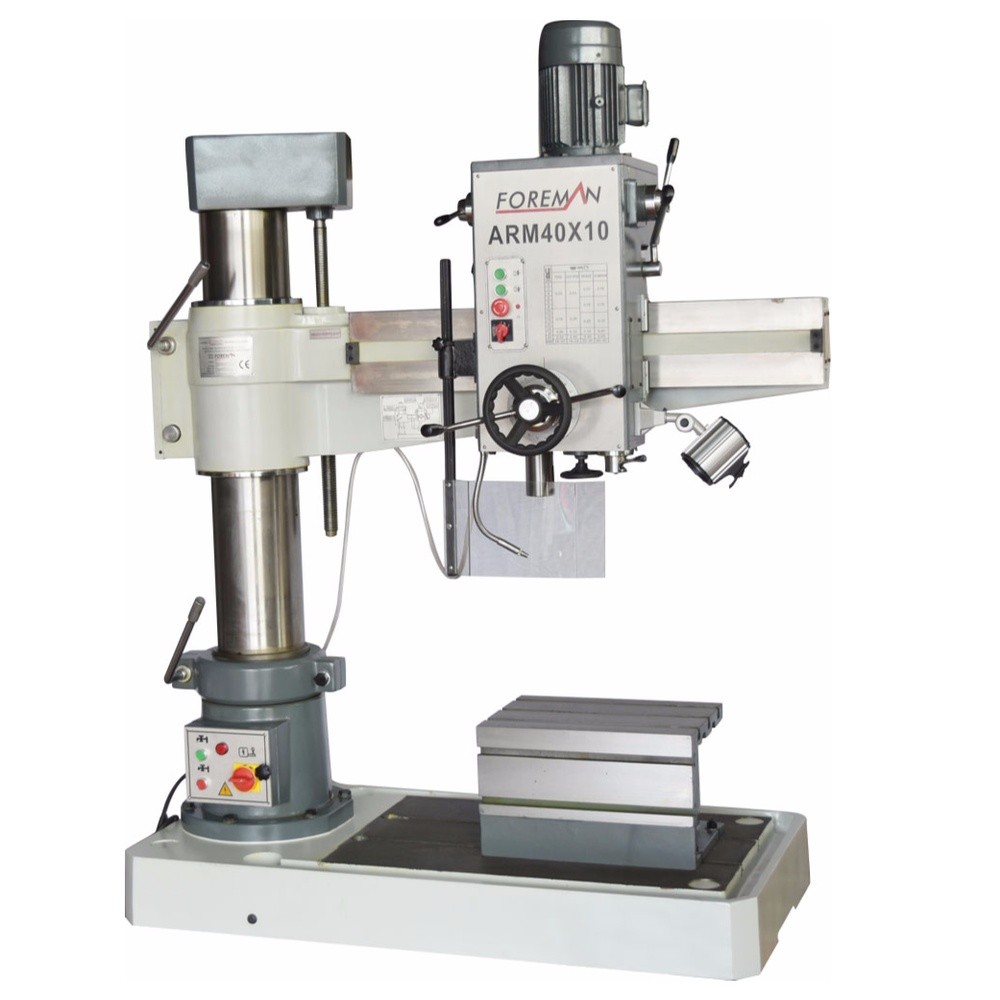
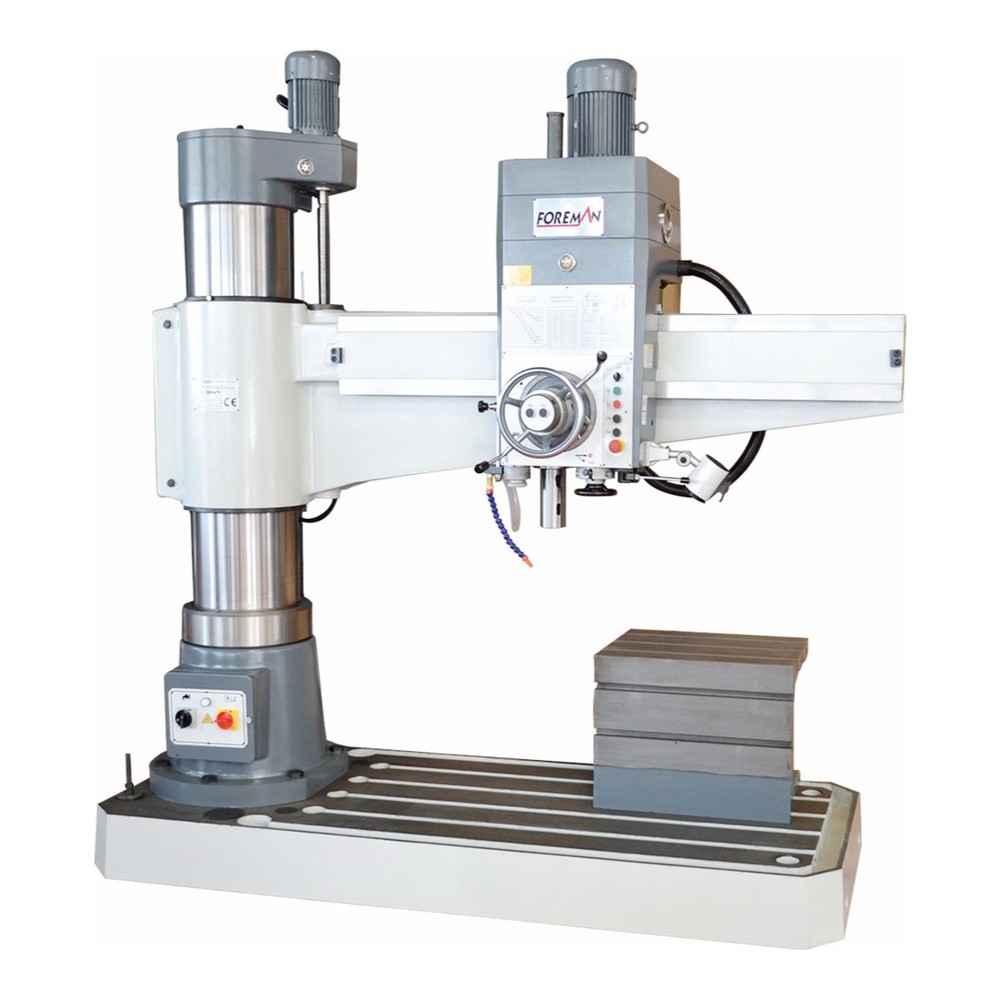
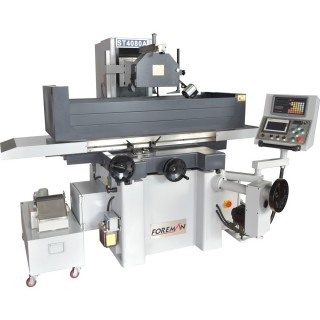
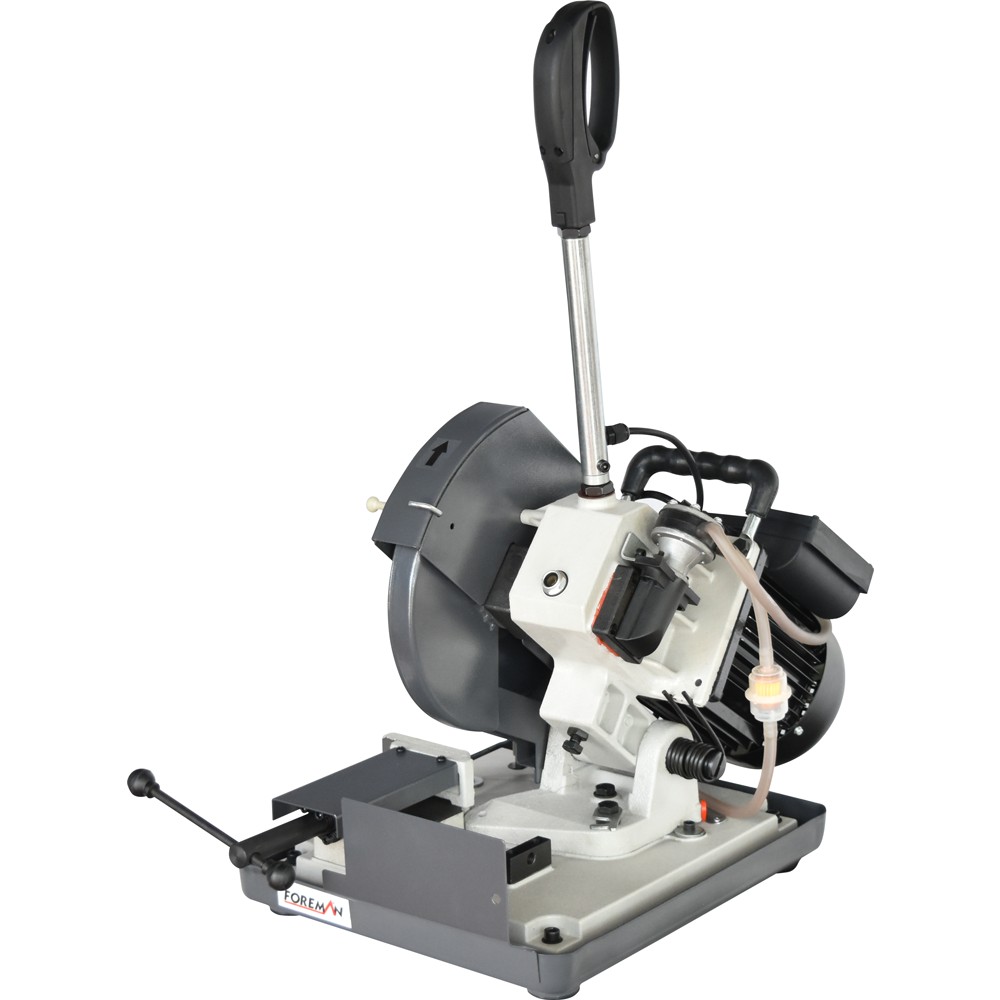
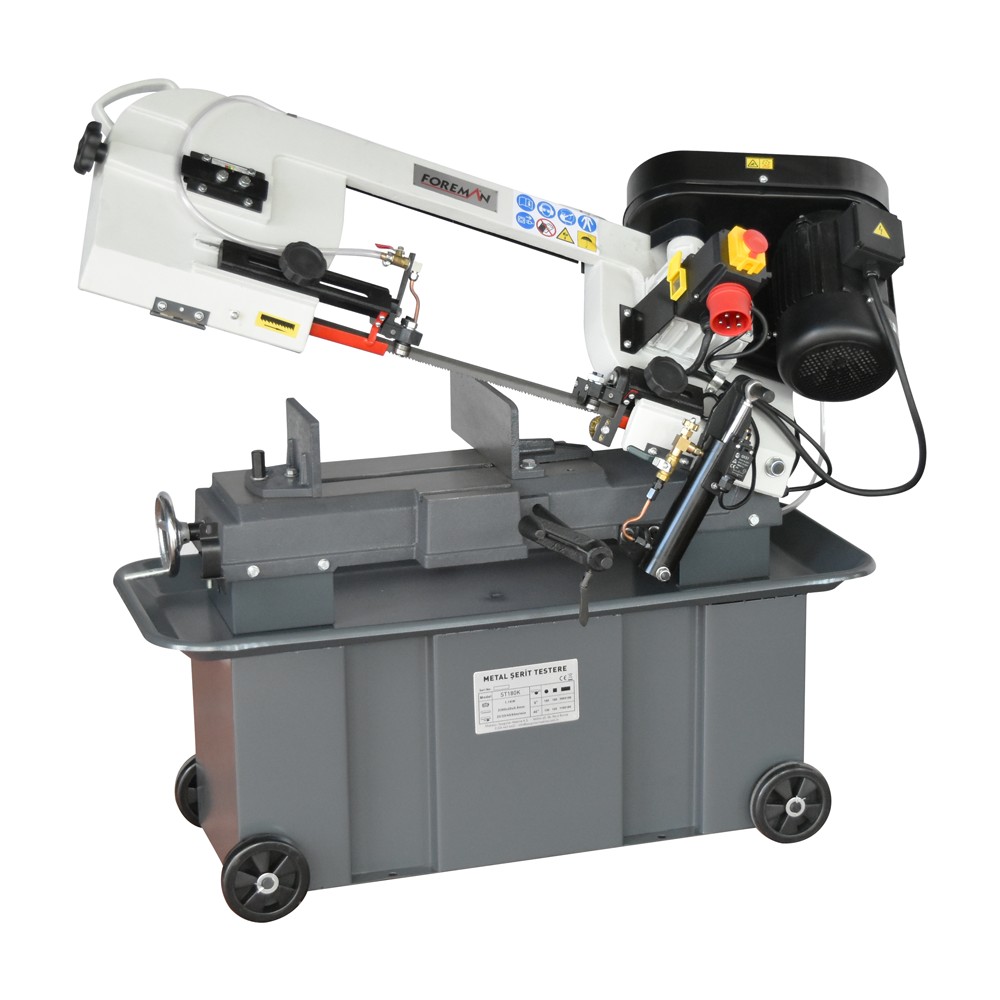
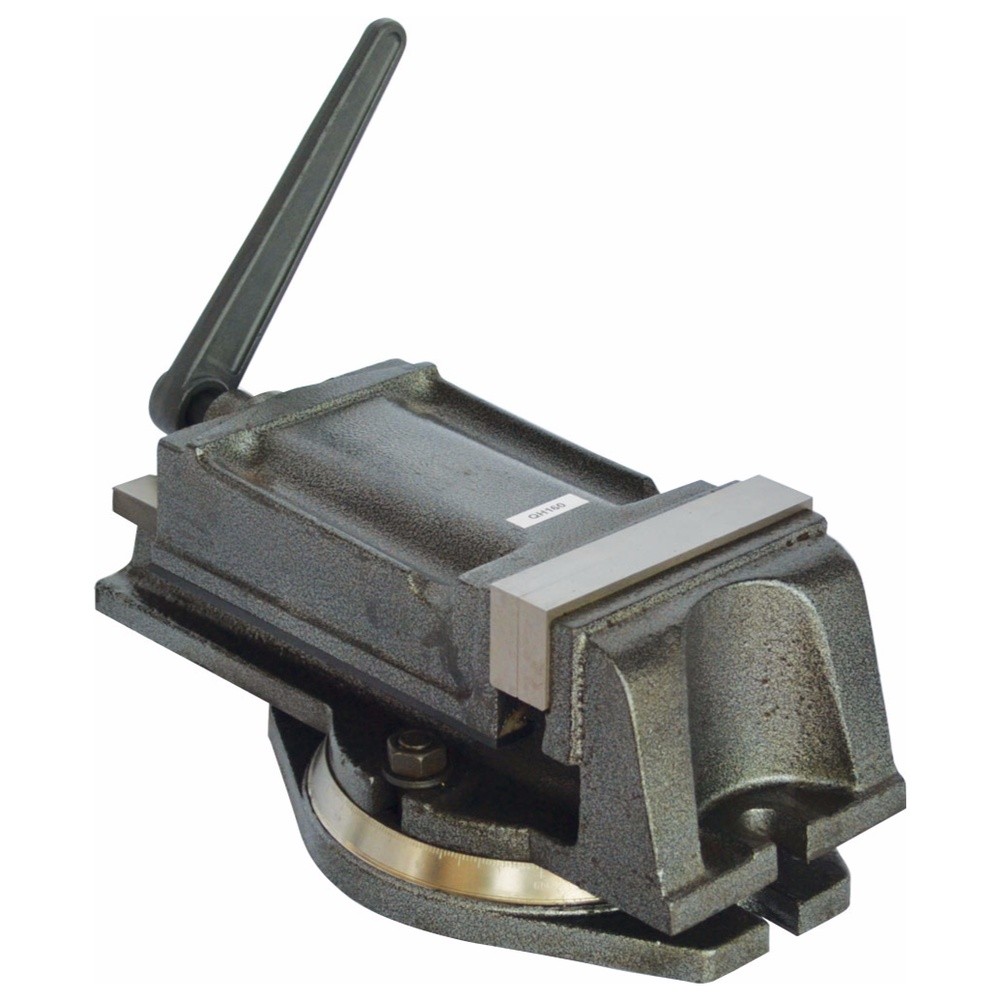
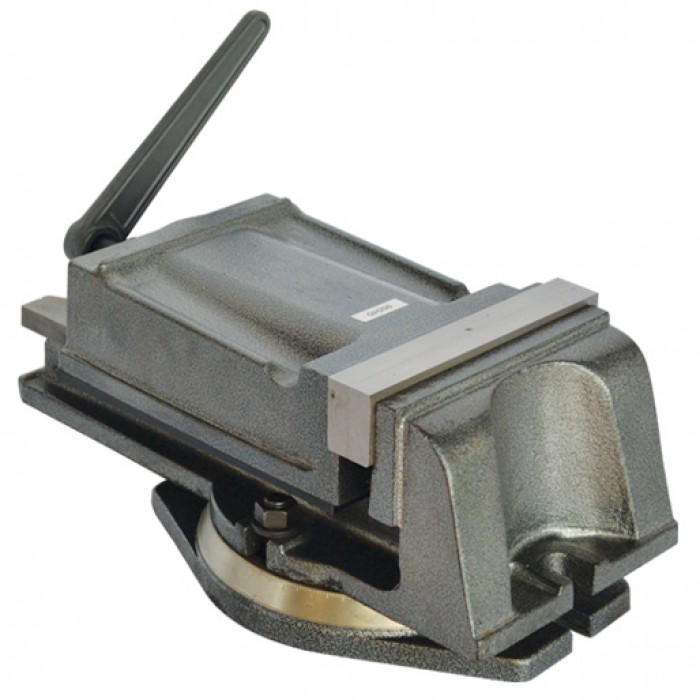
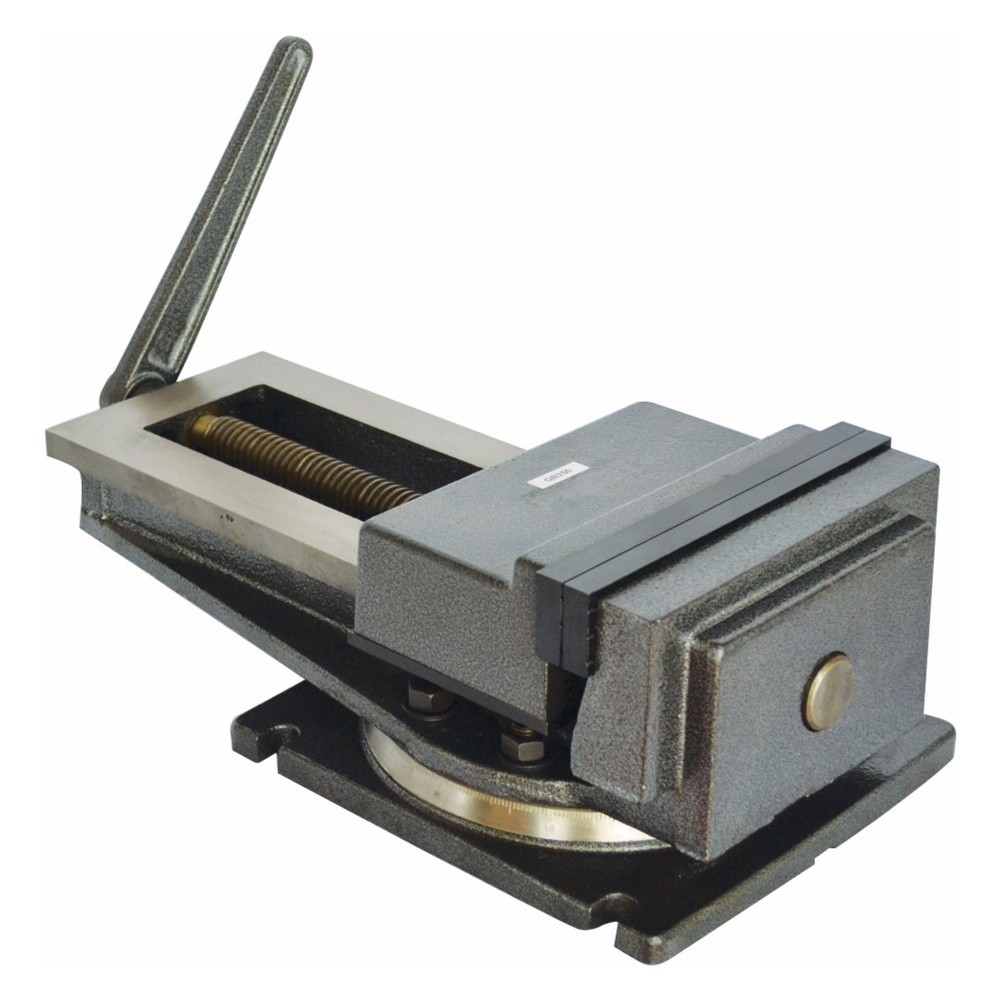
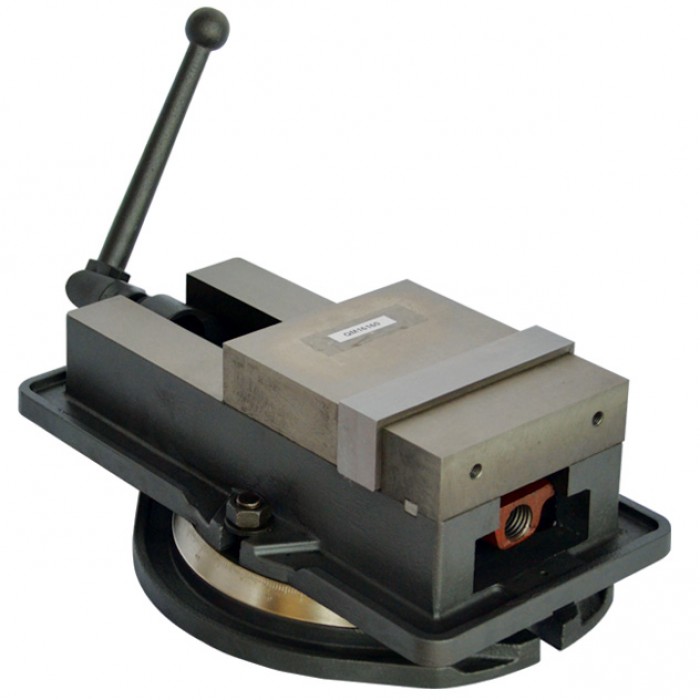
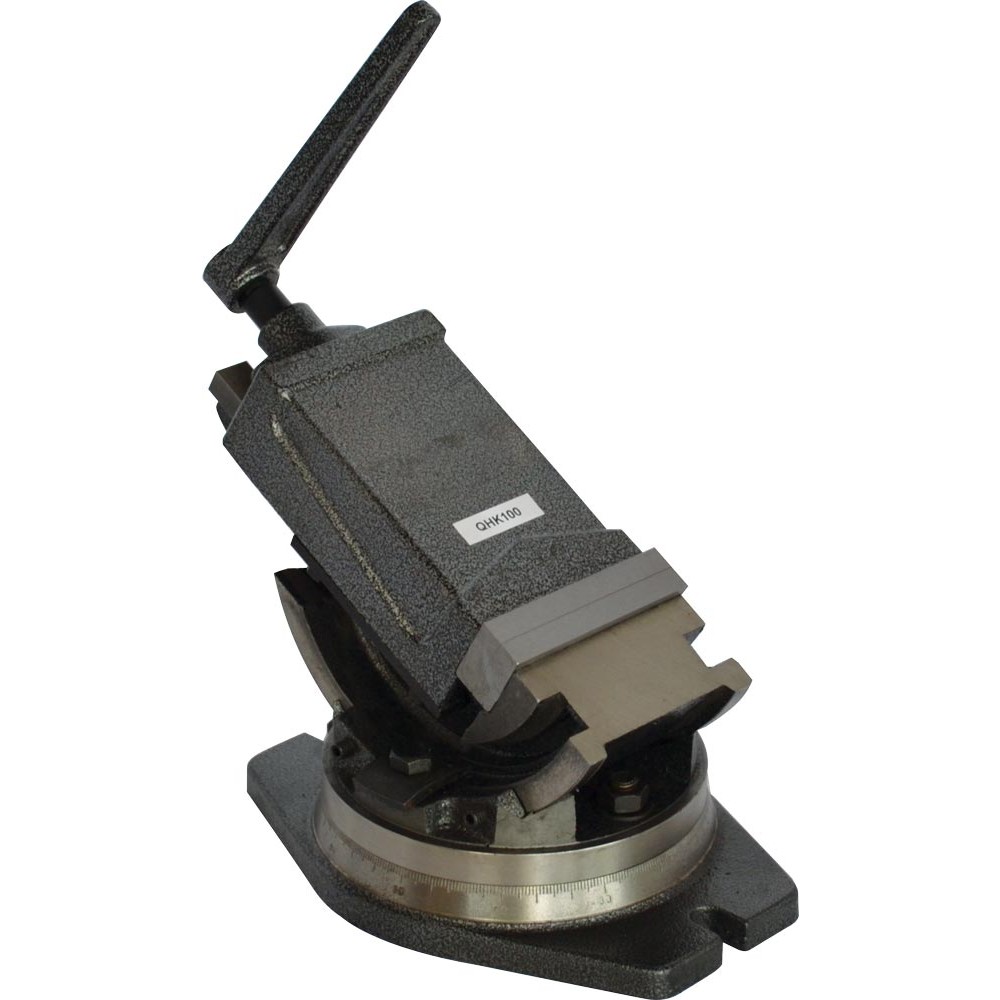
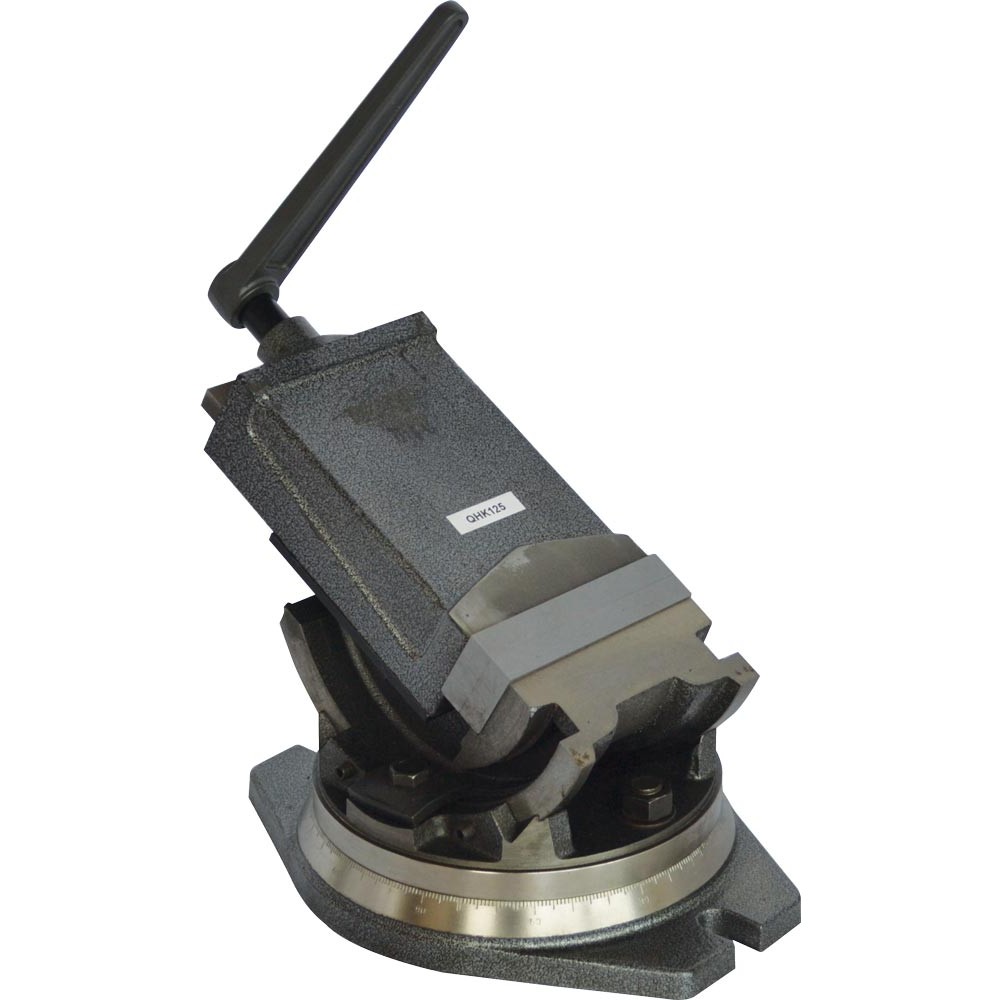
_zkmmzopp1k.jpg)
